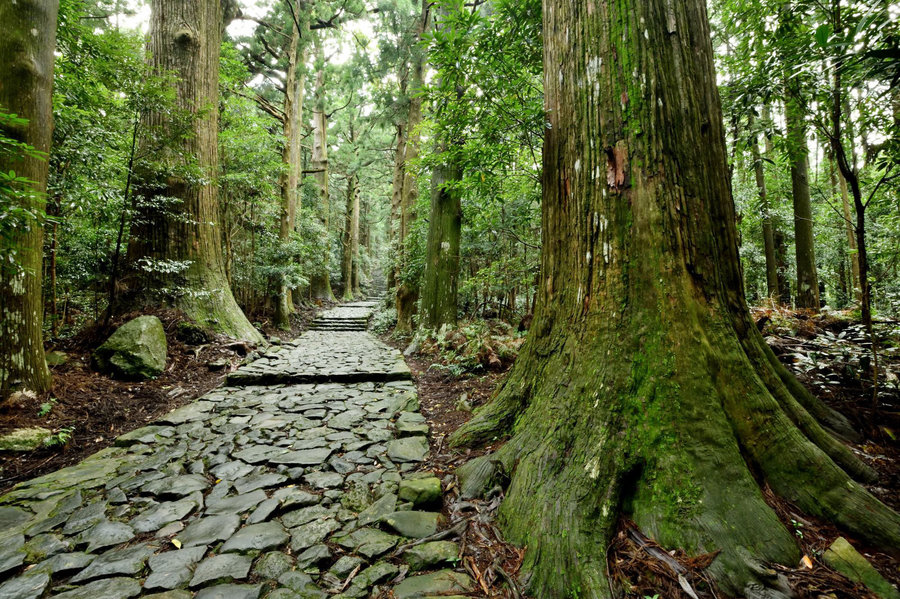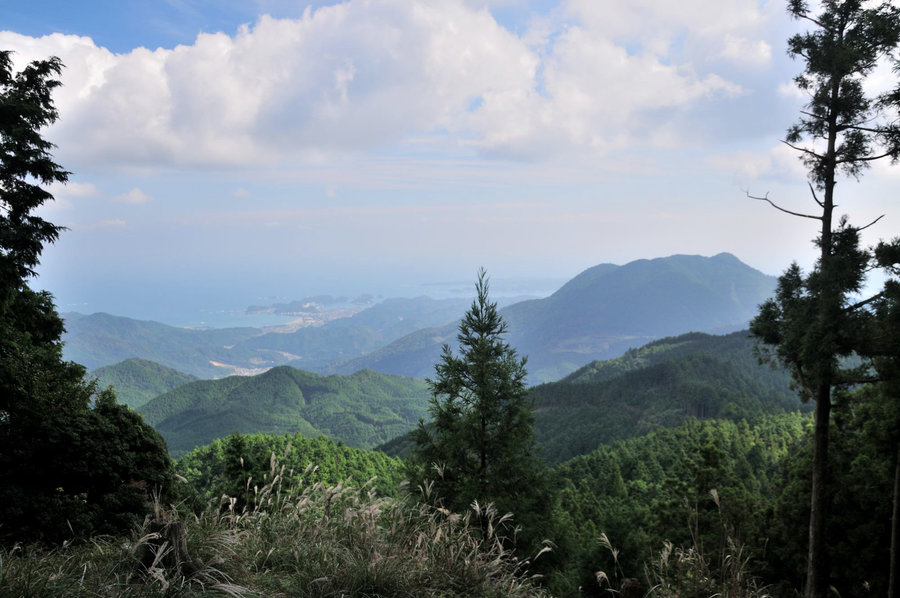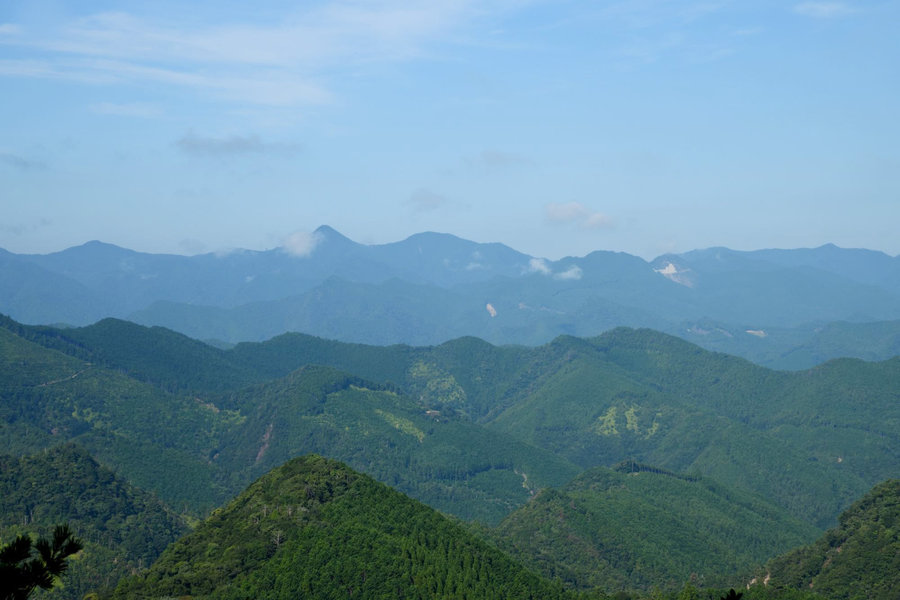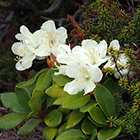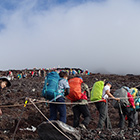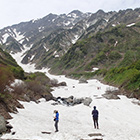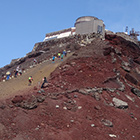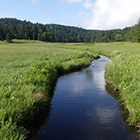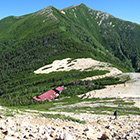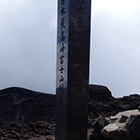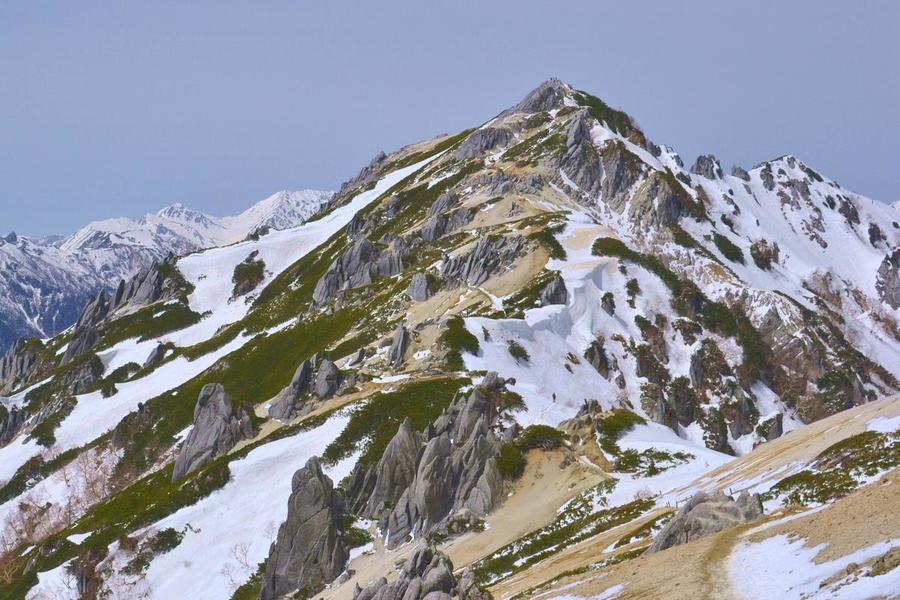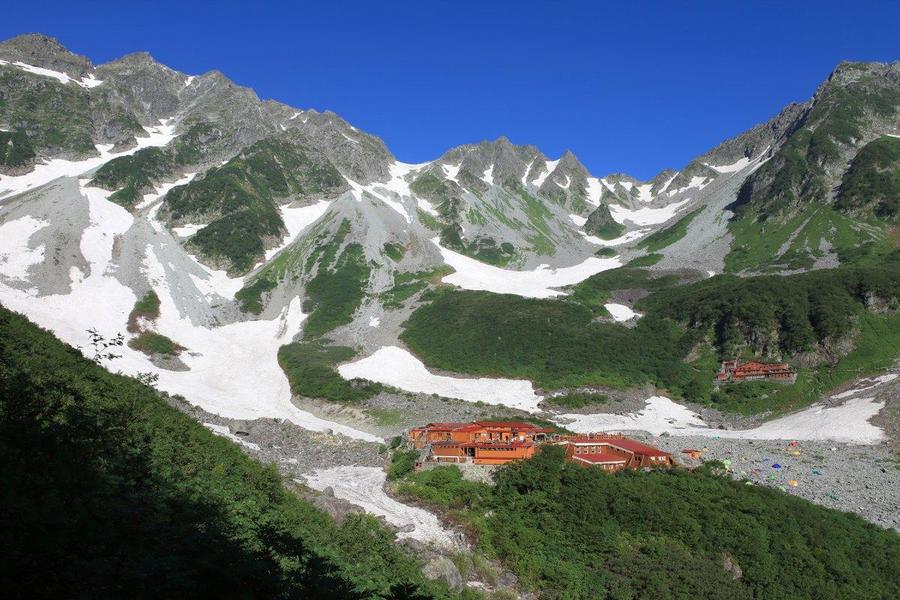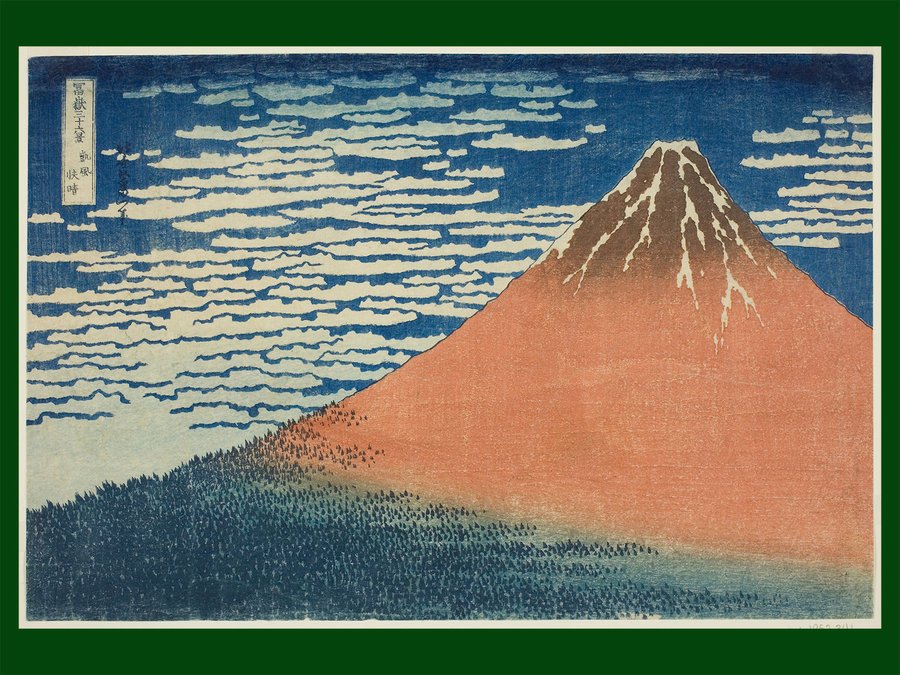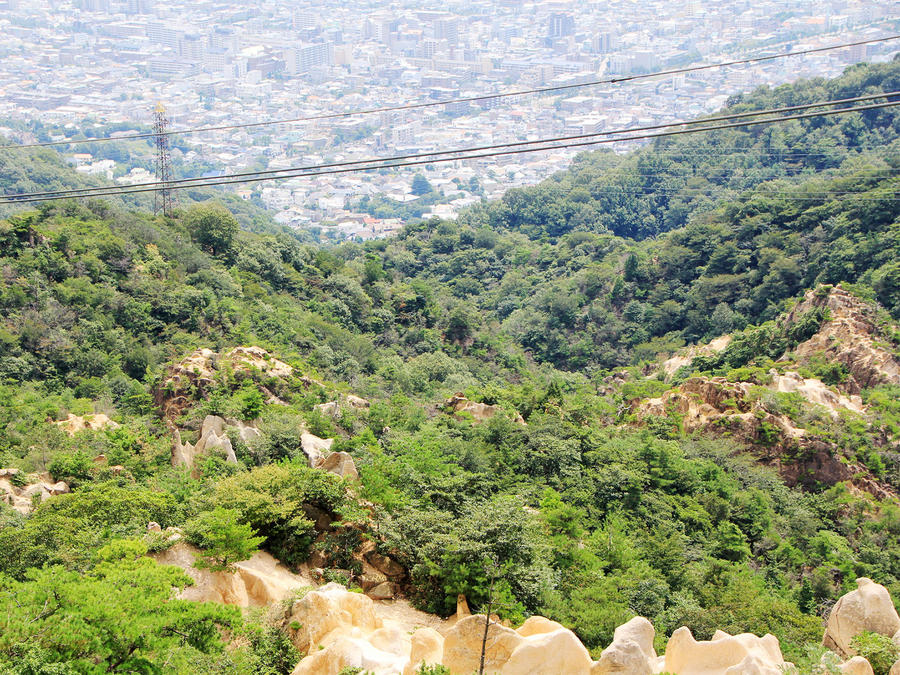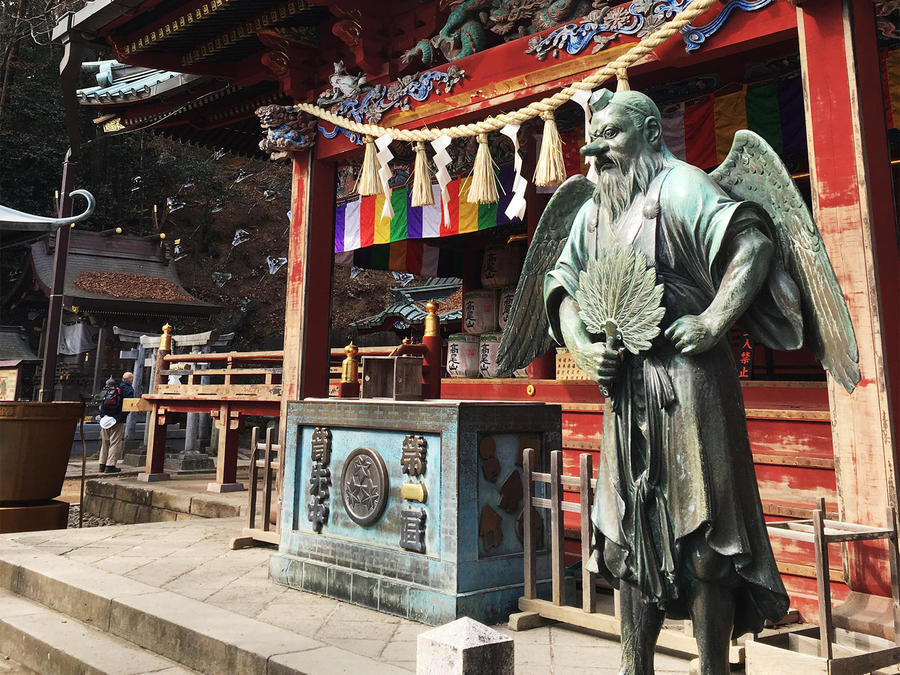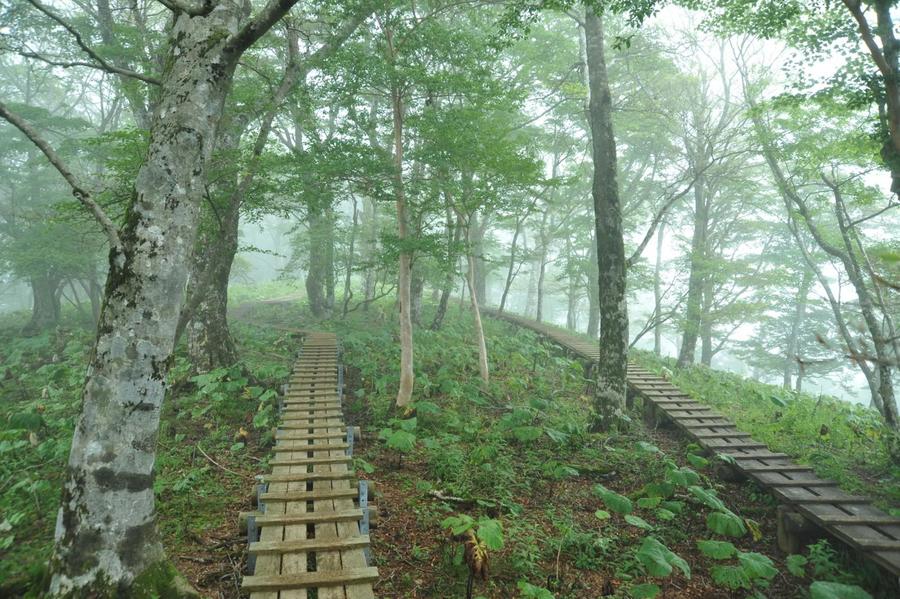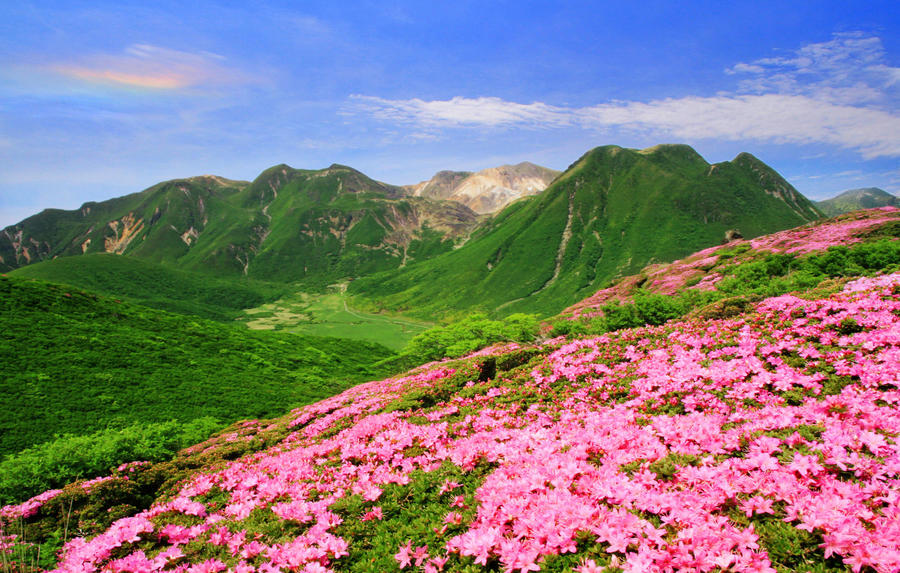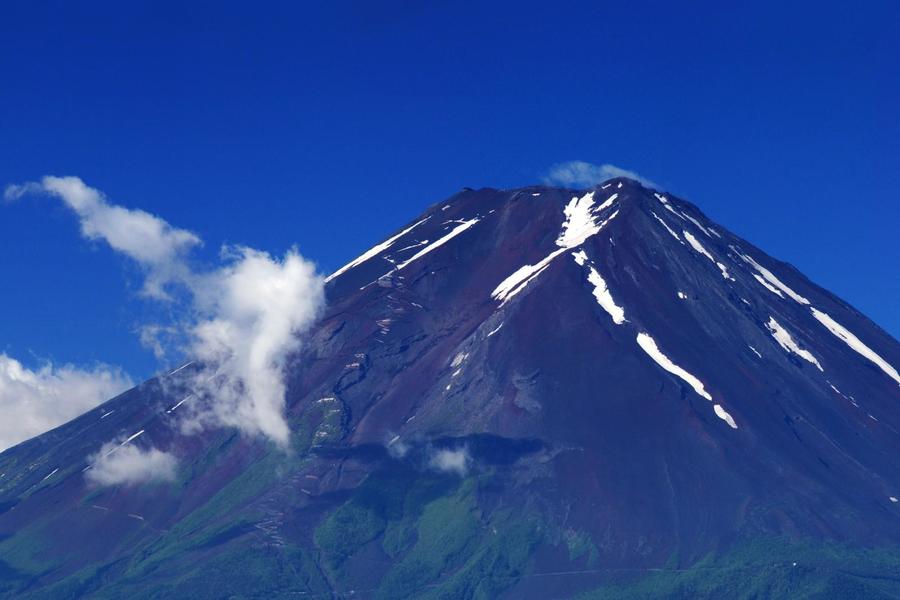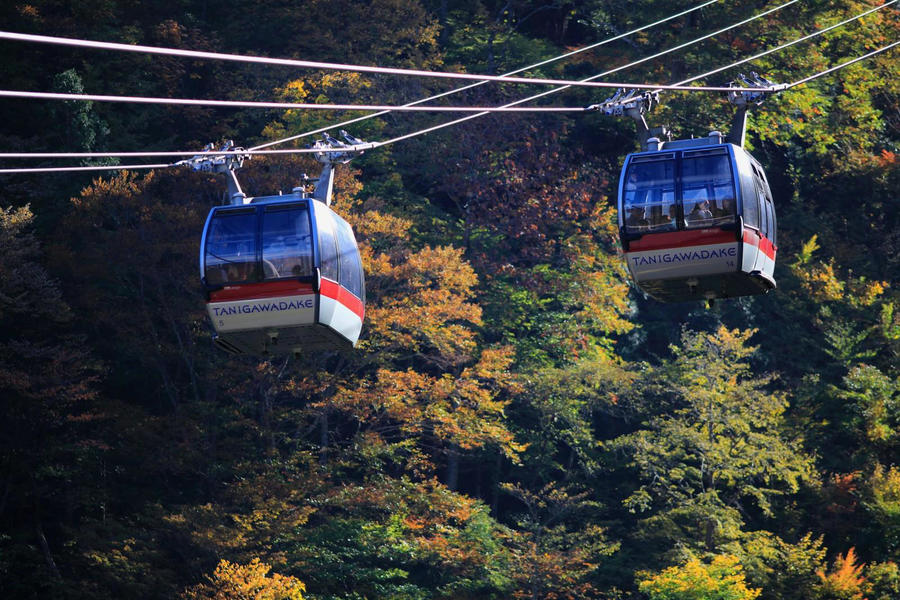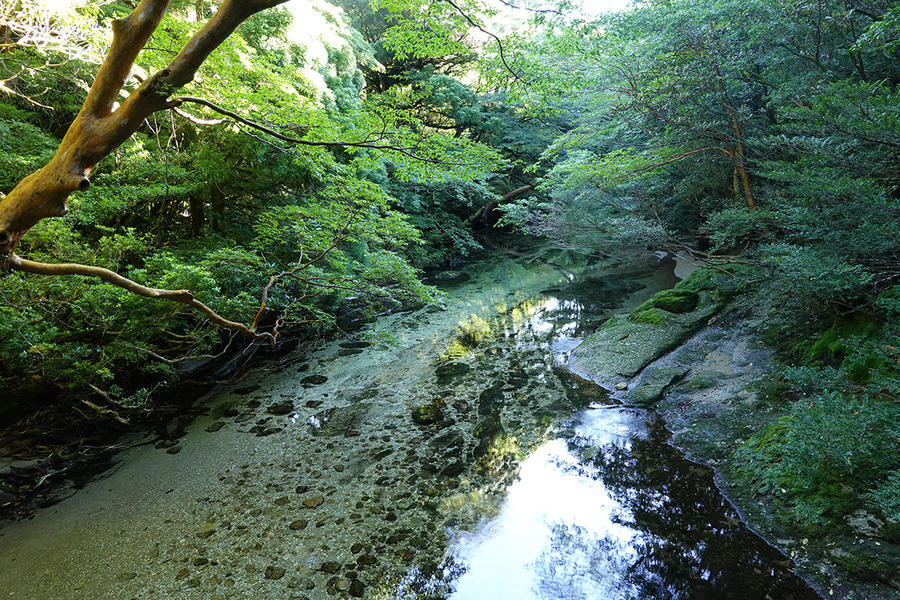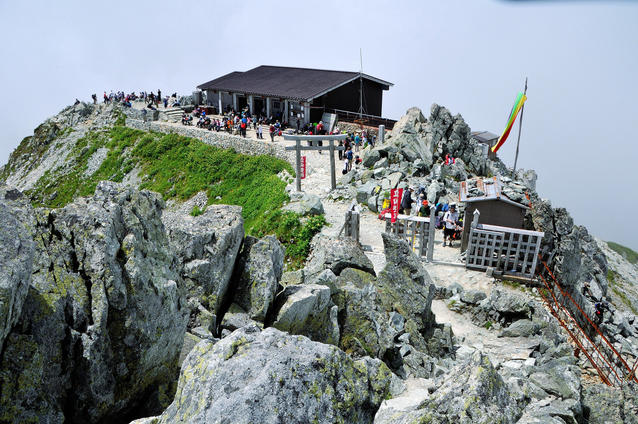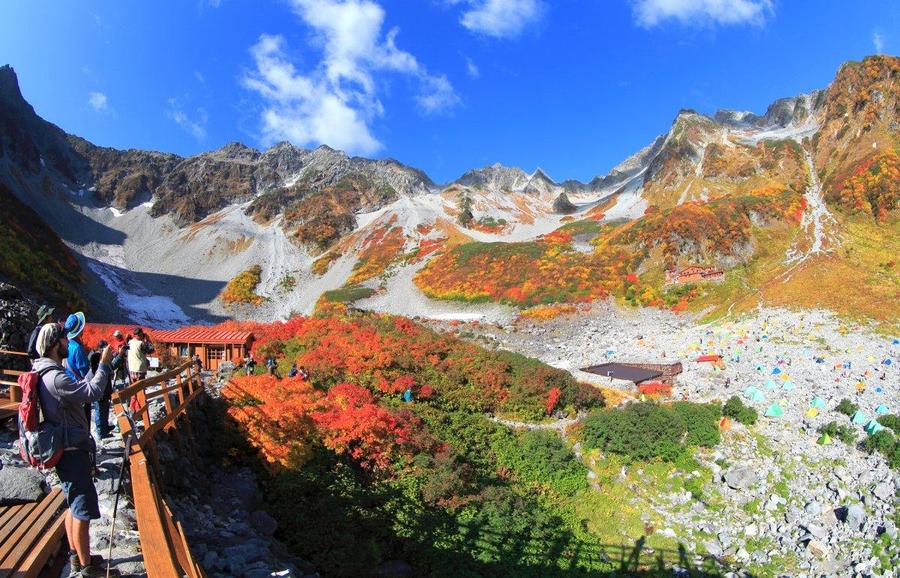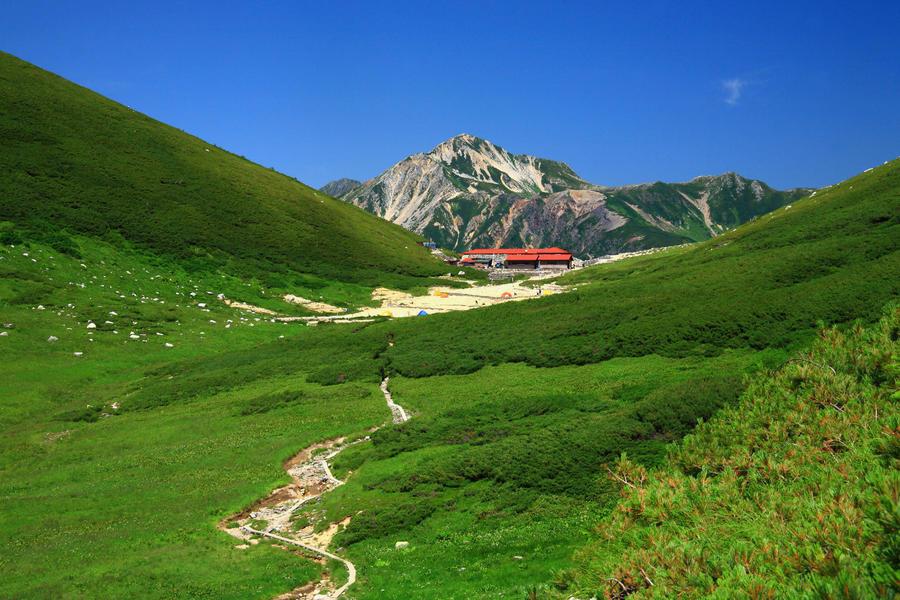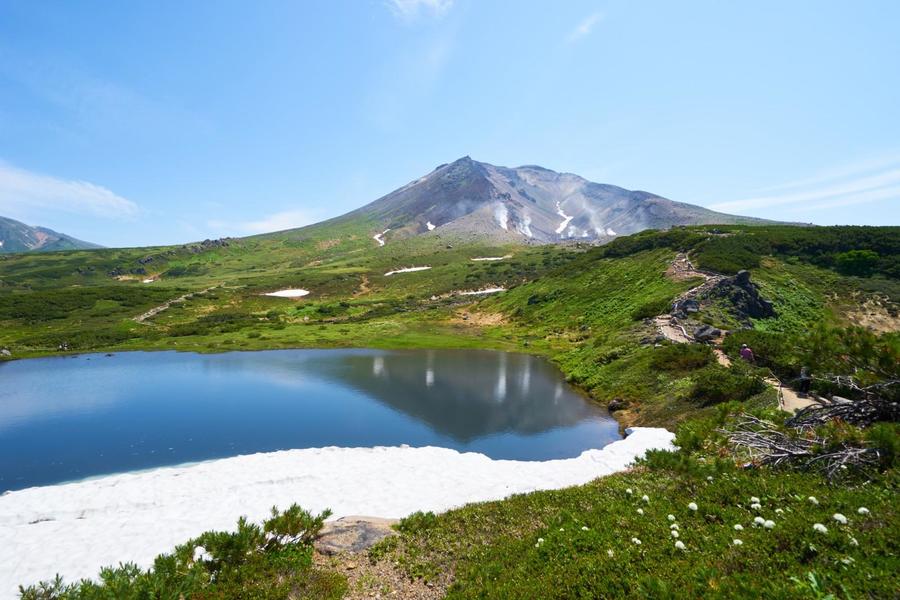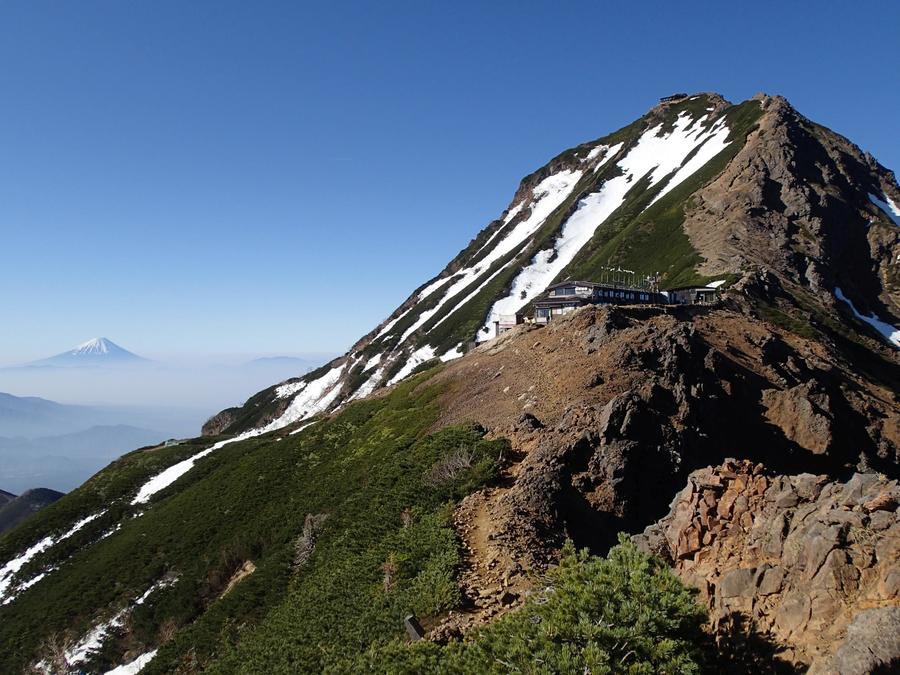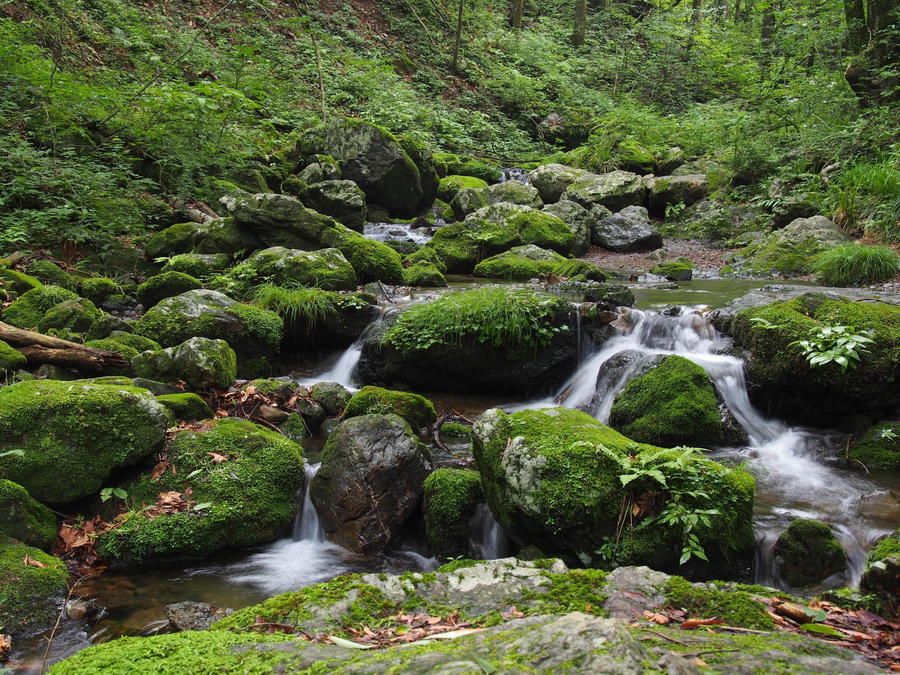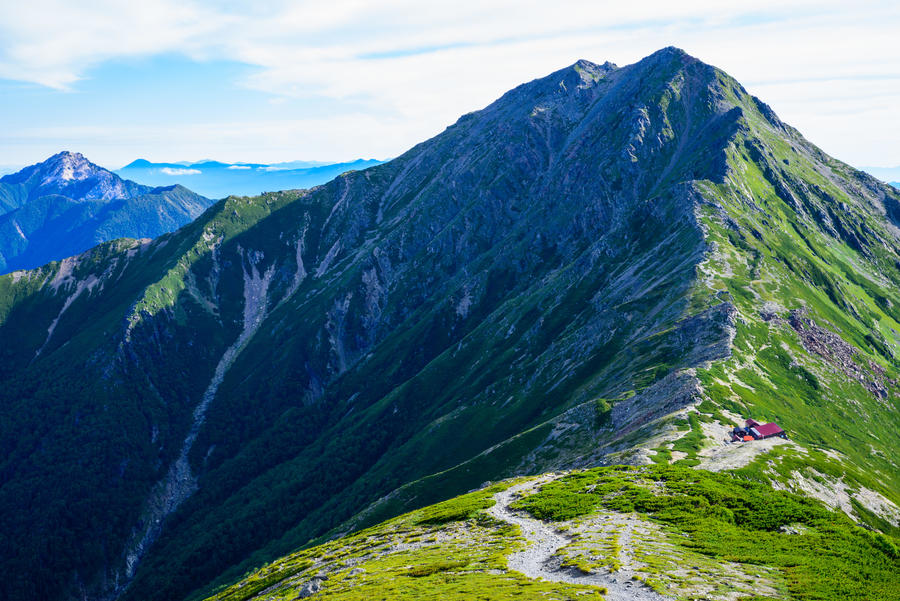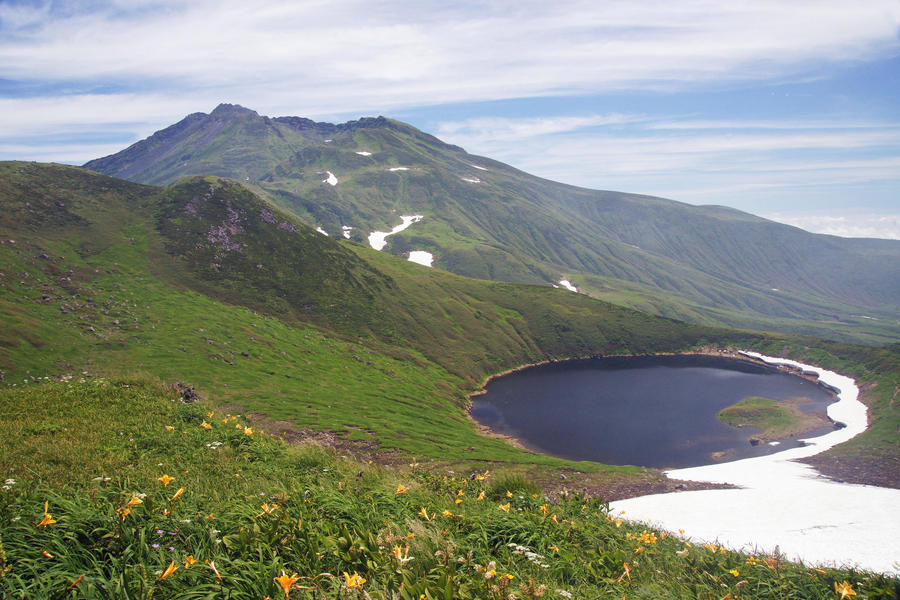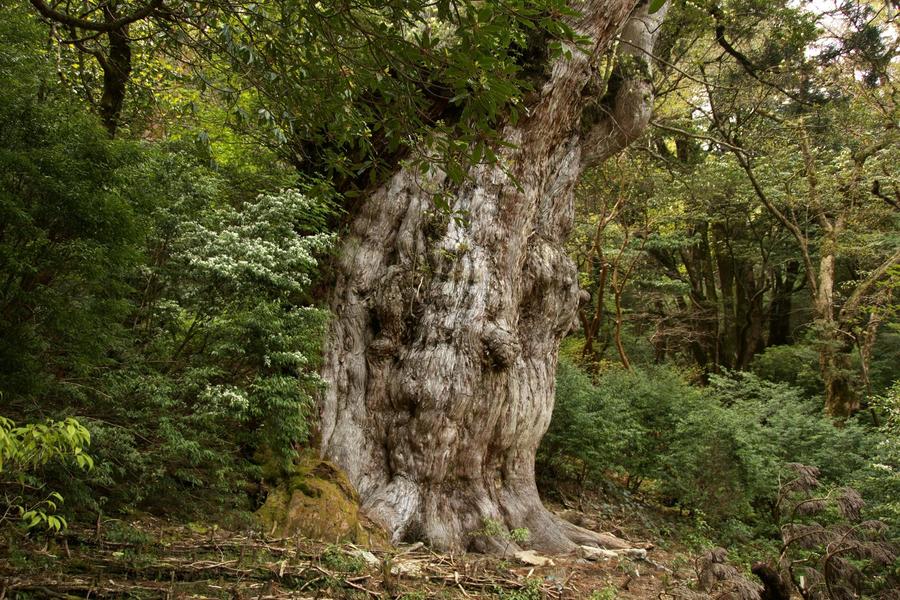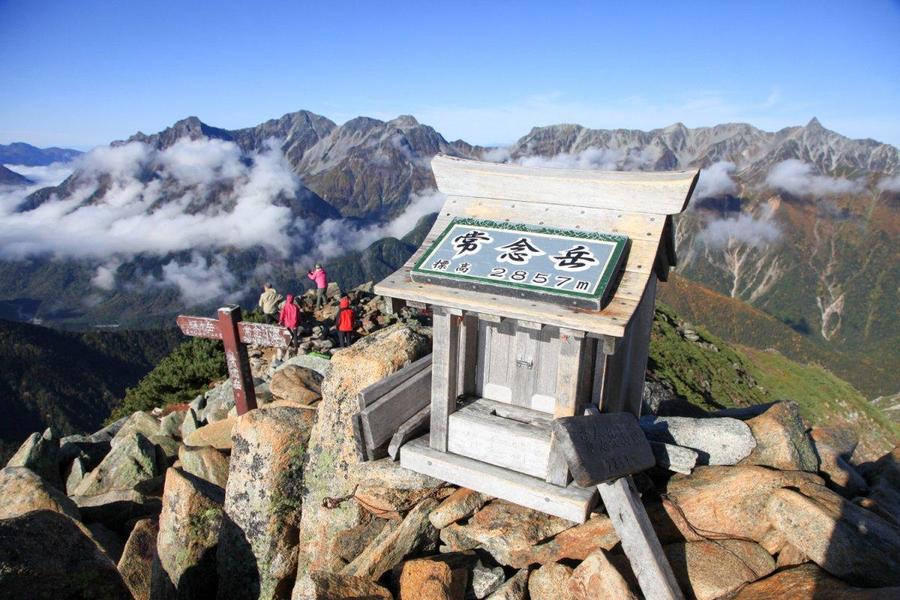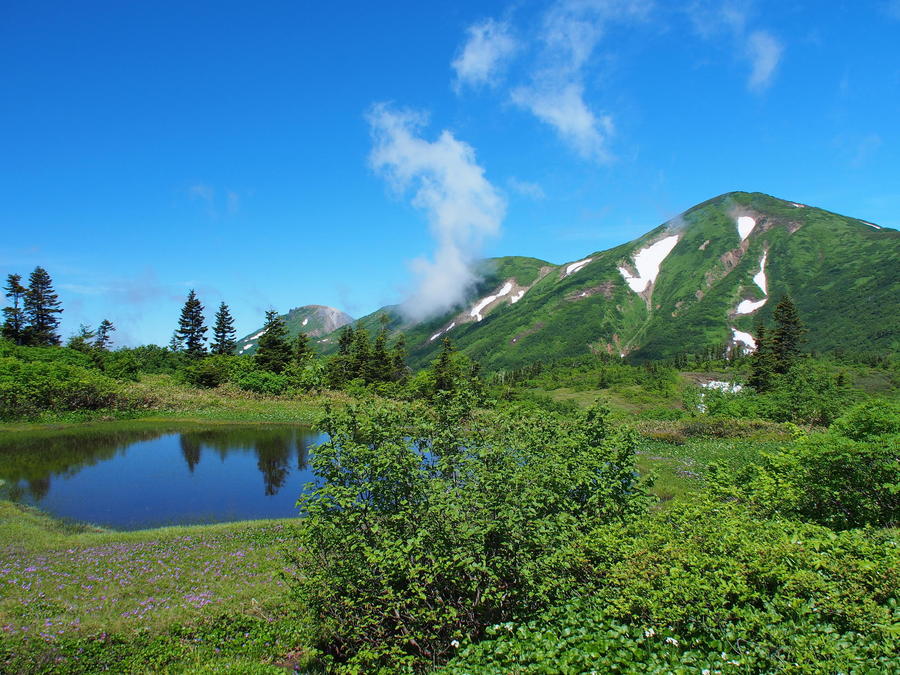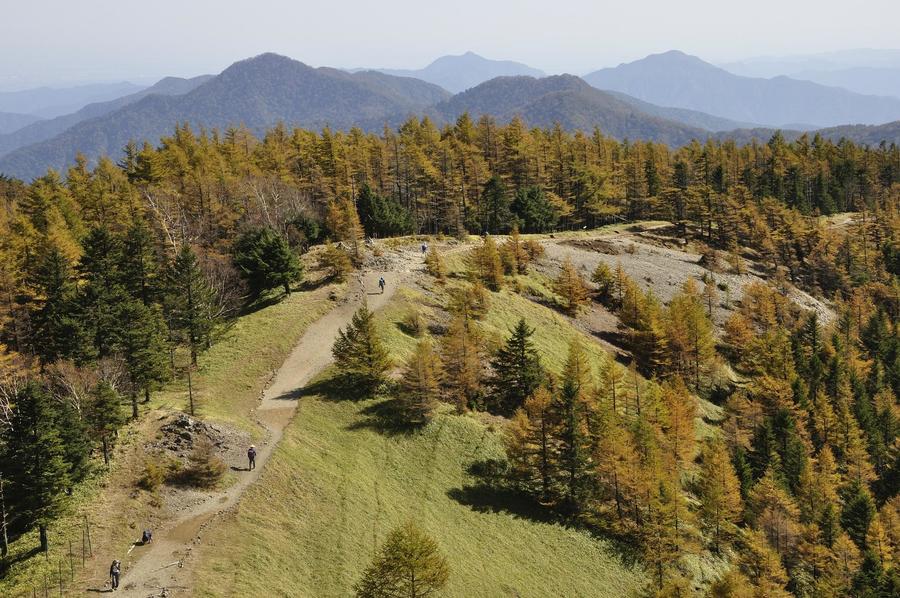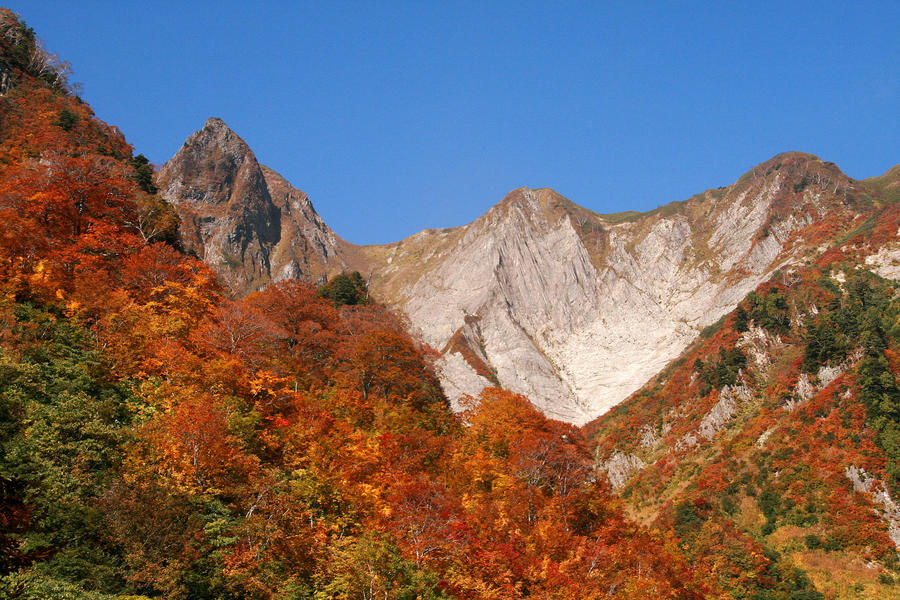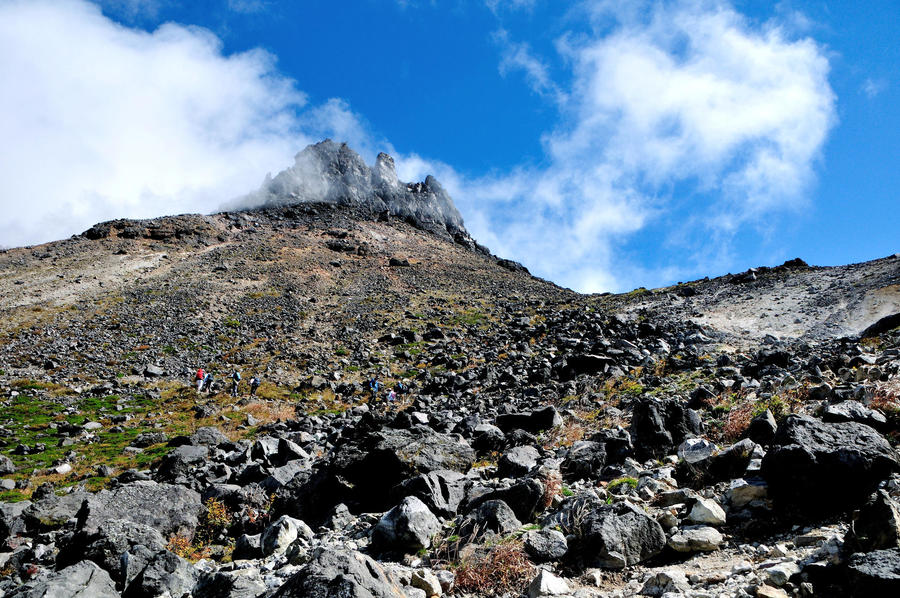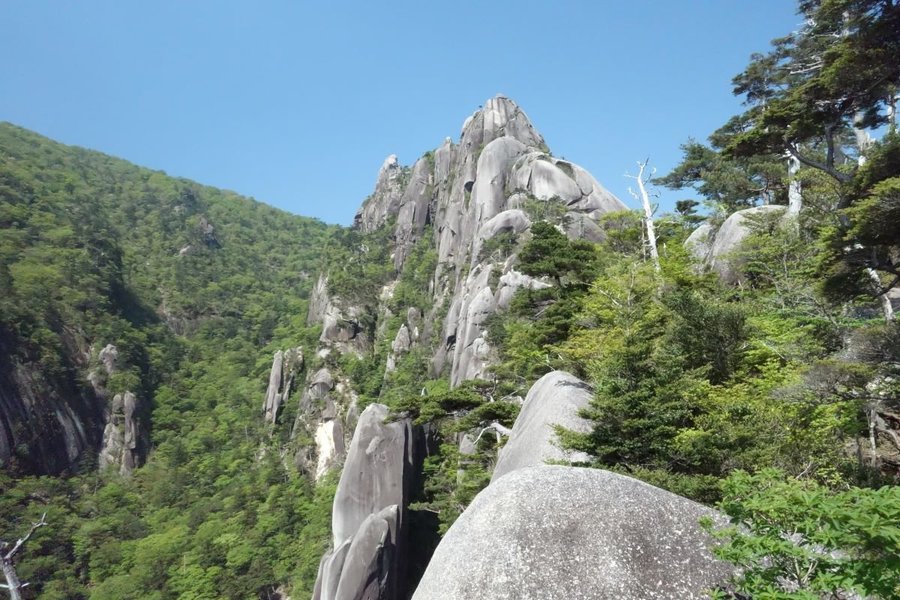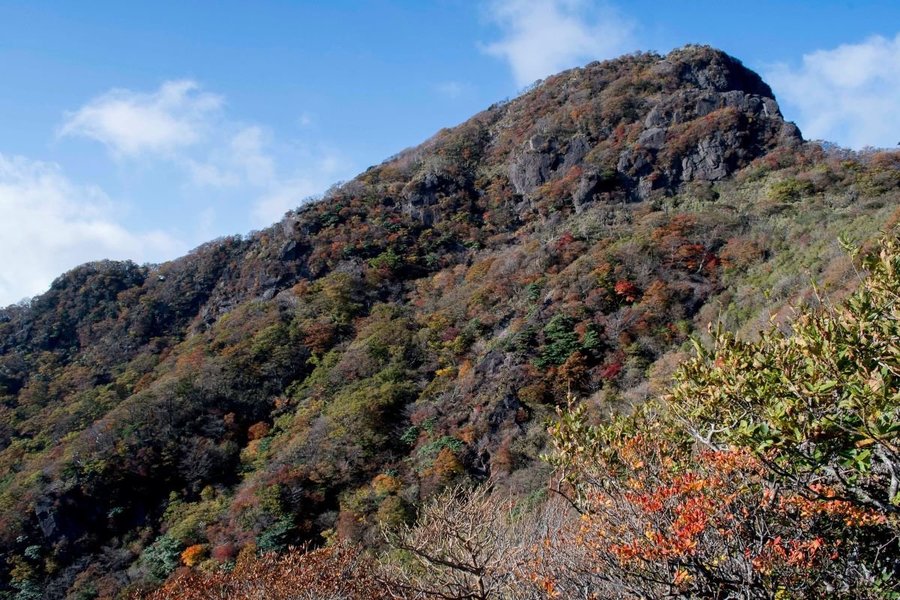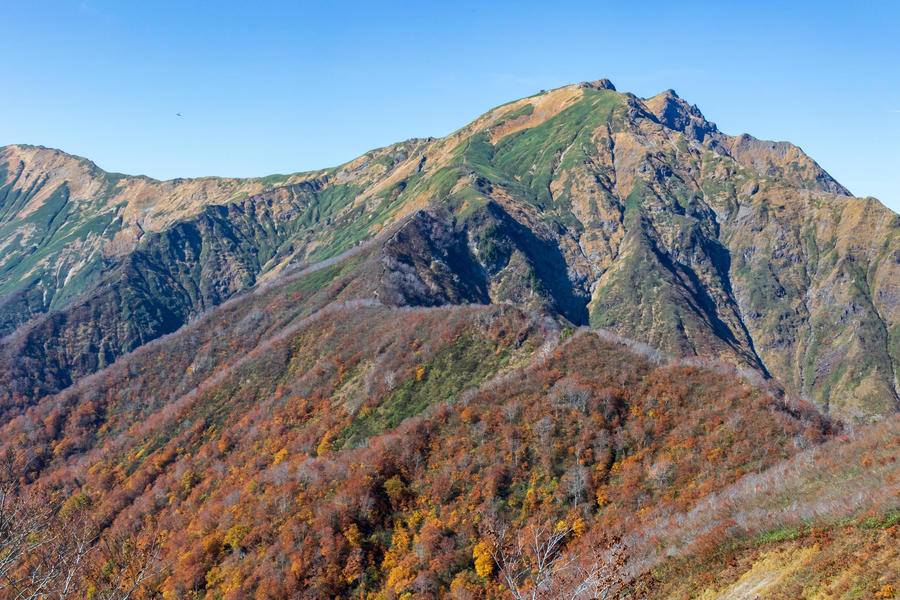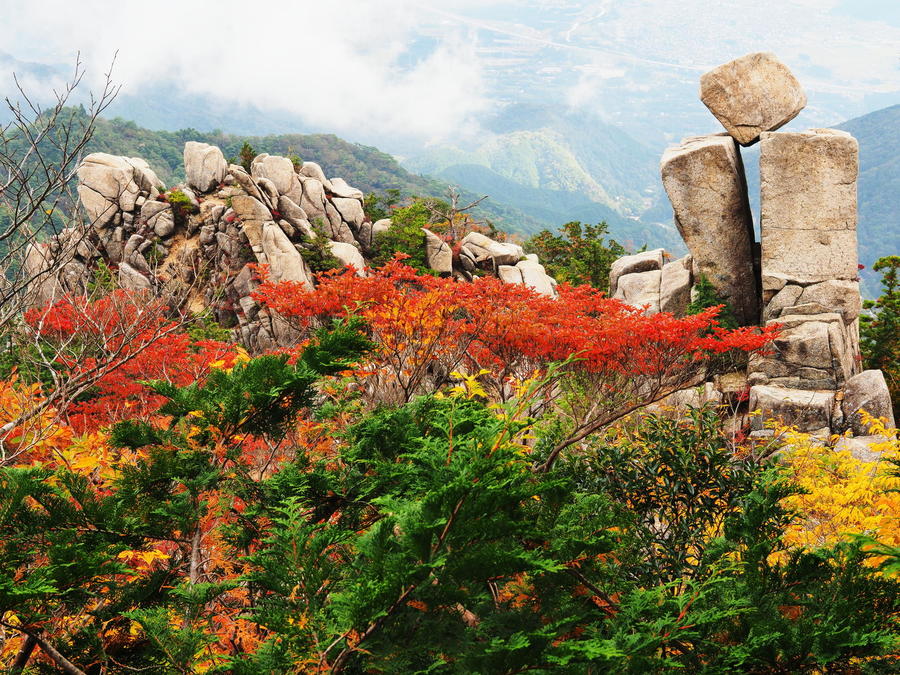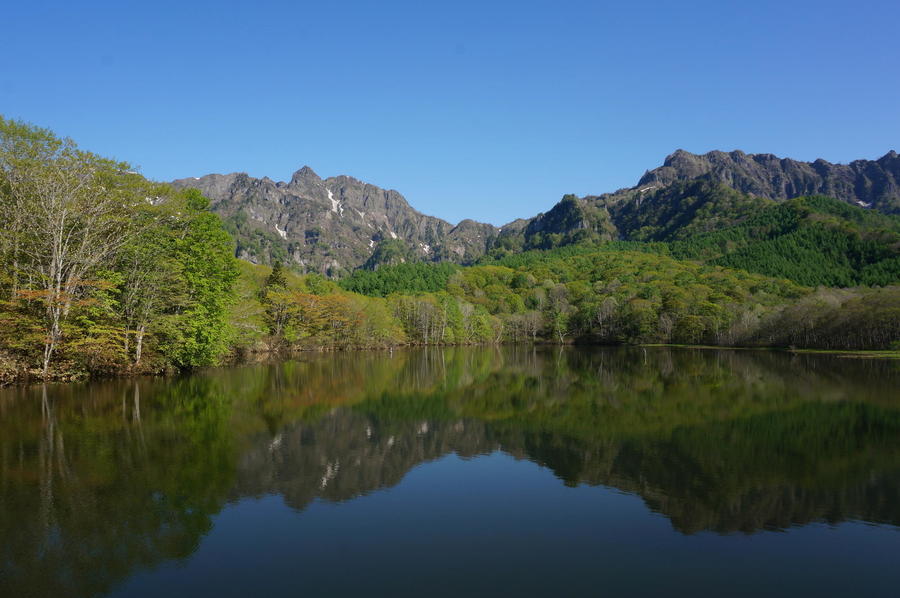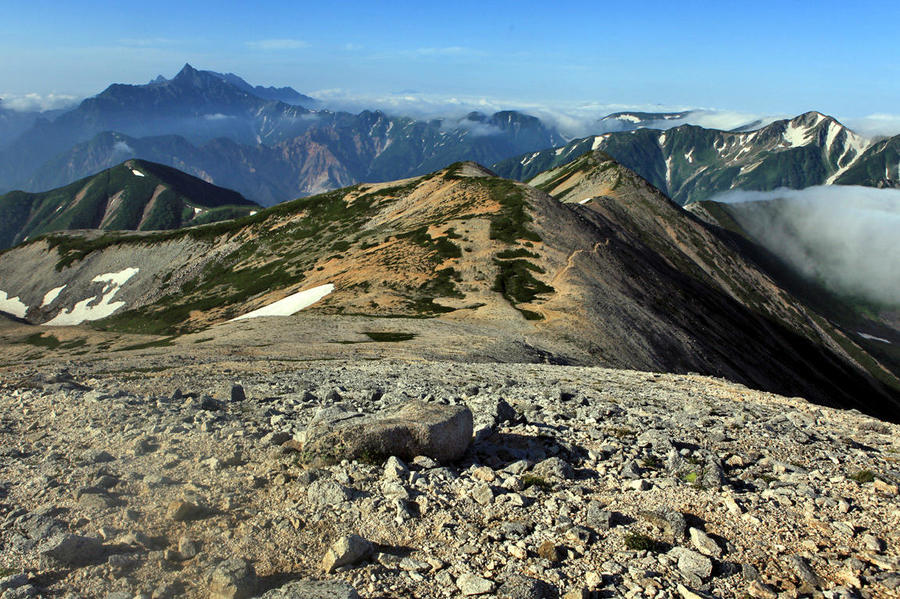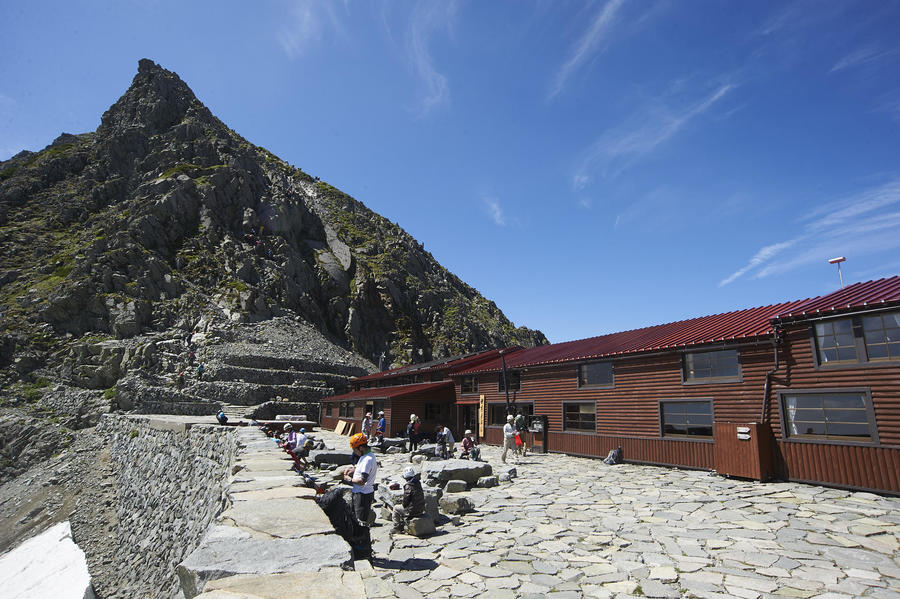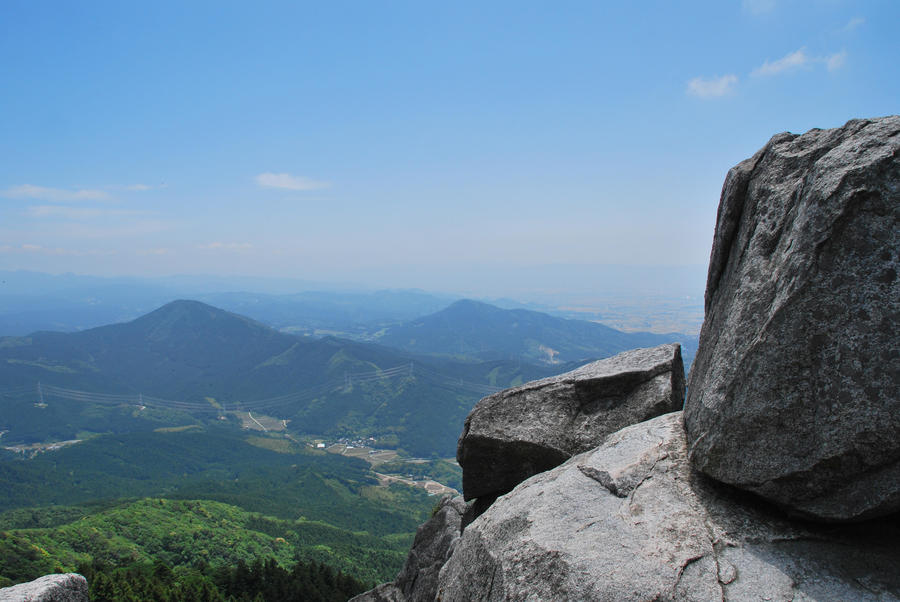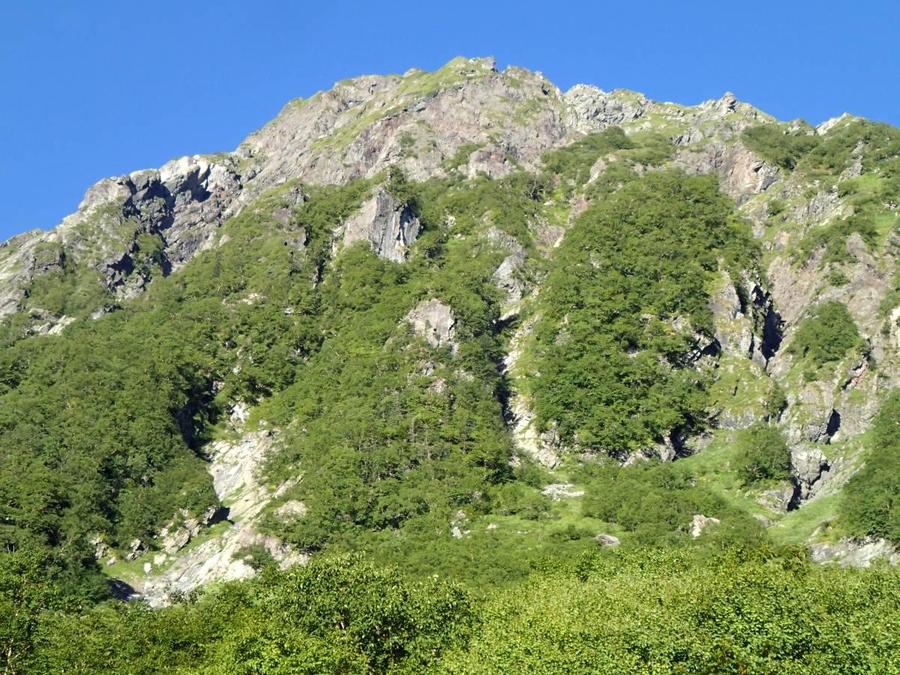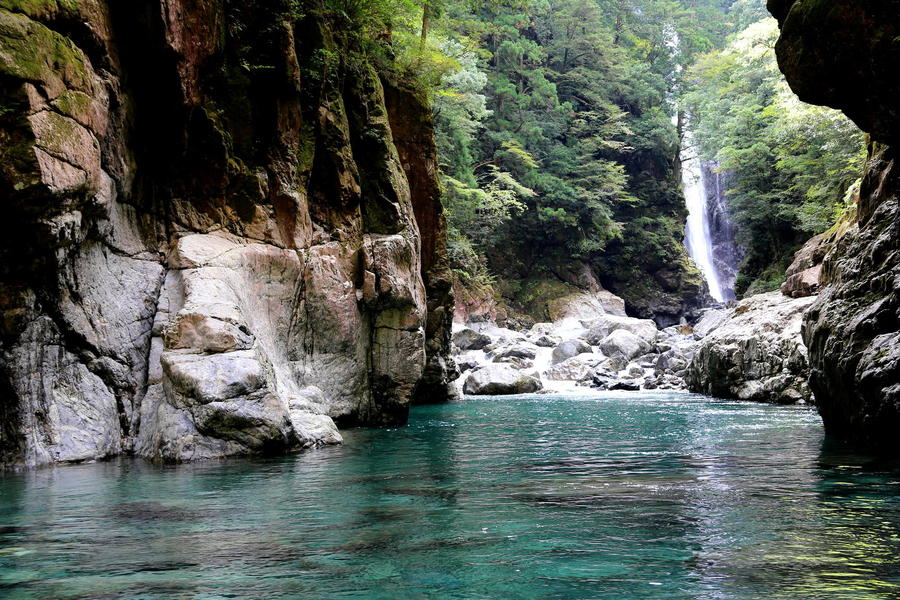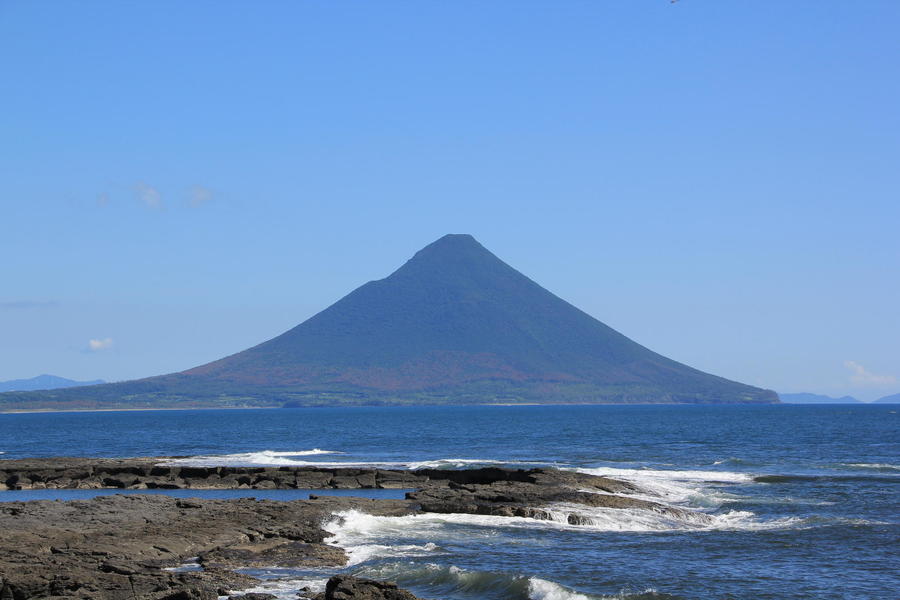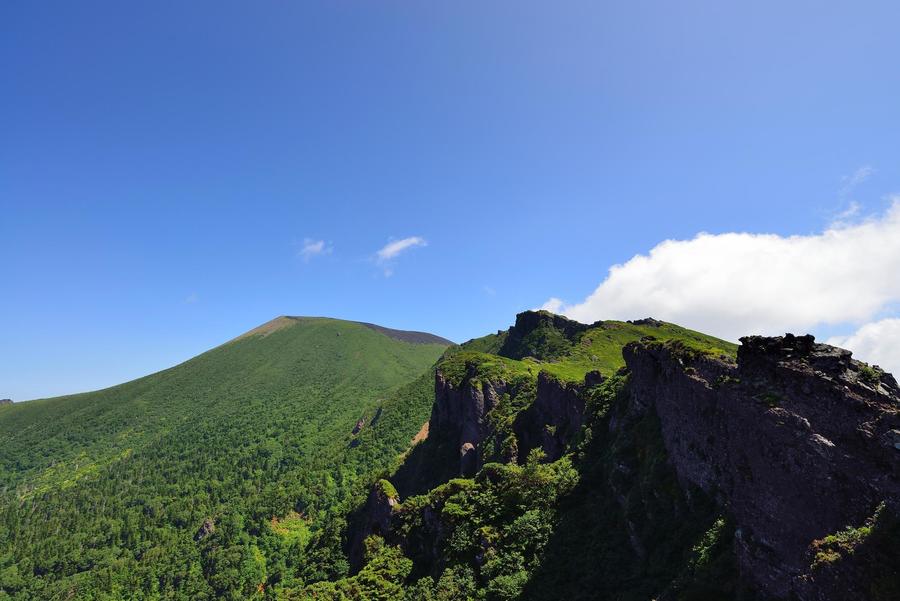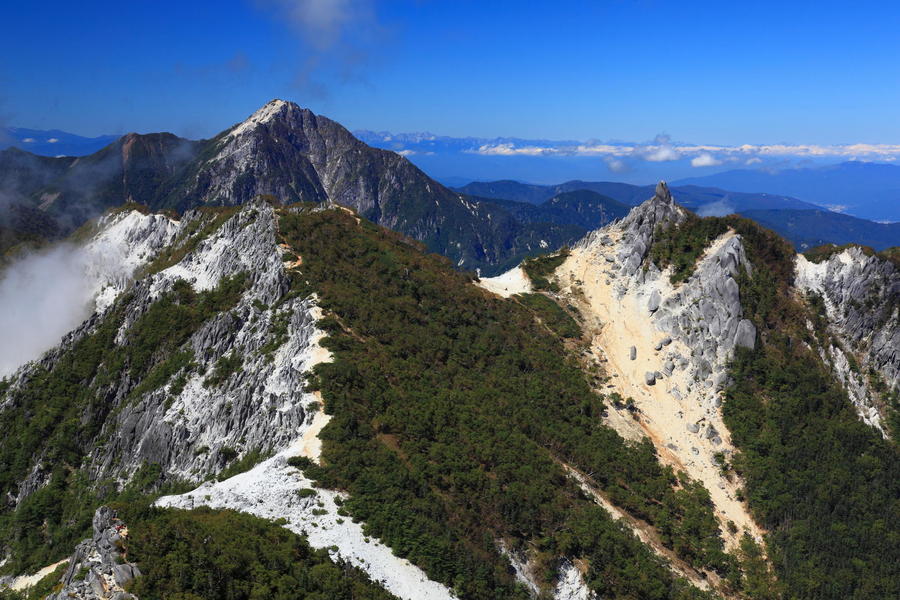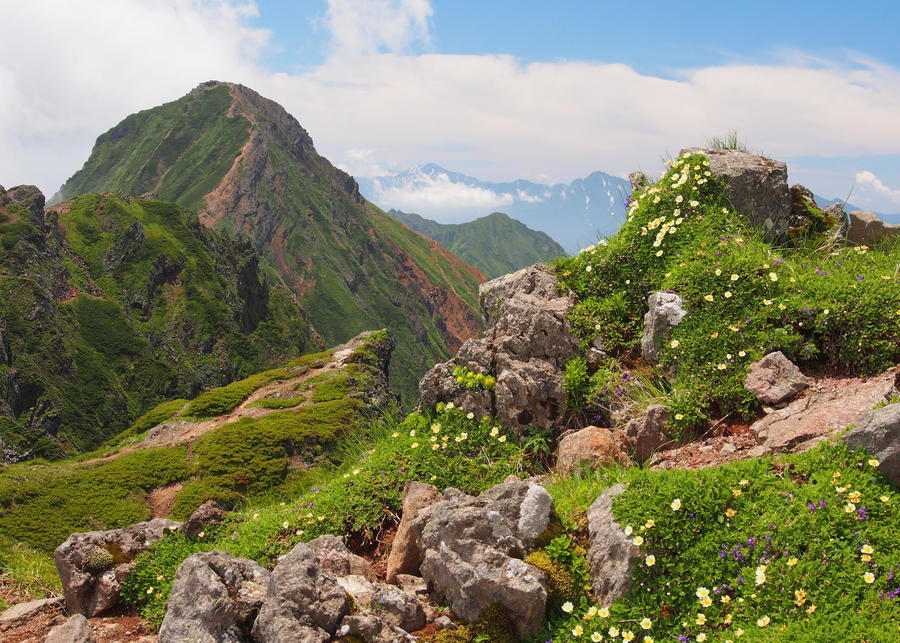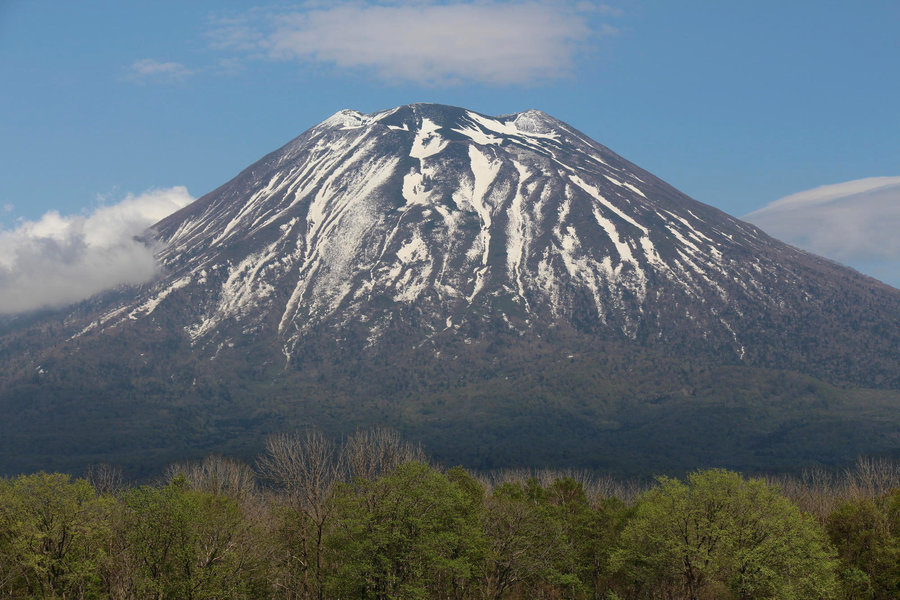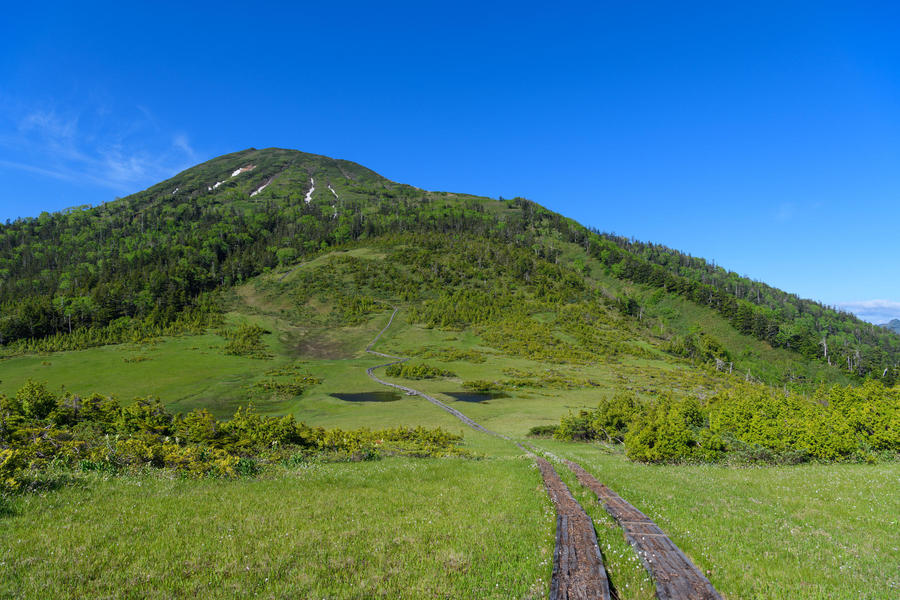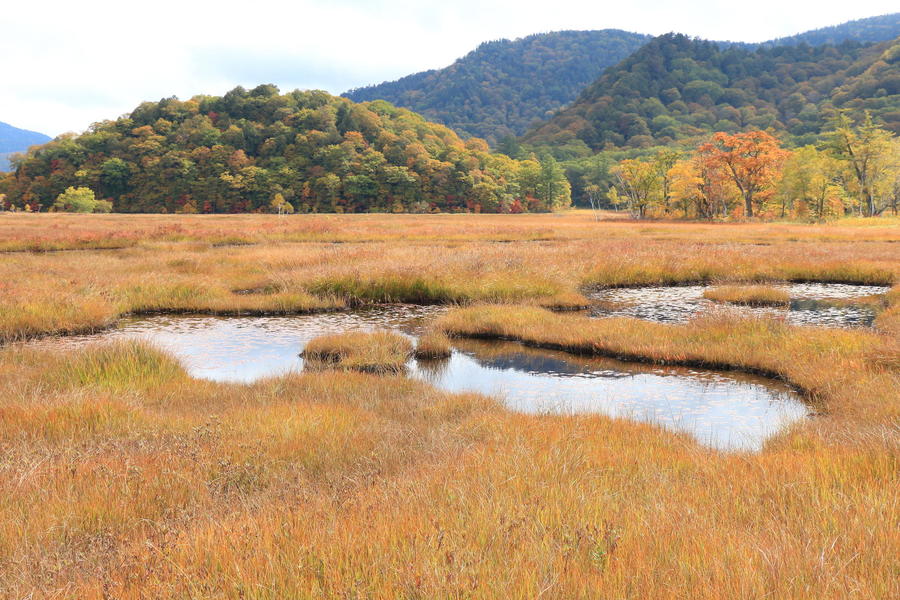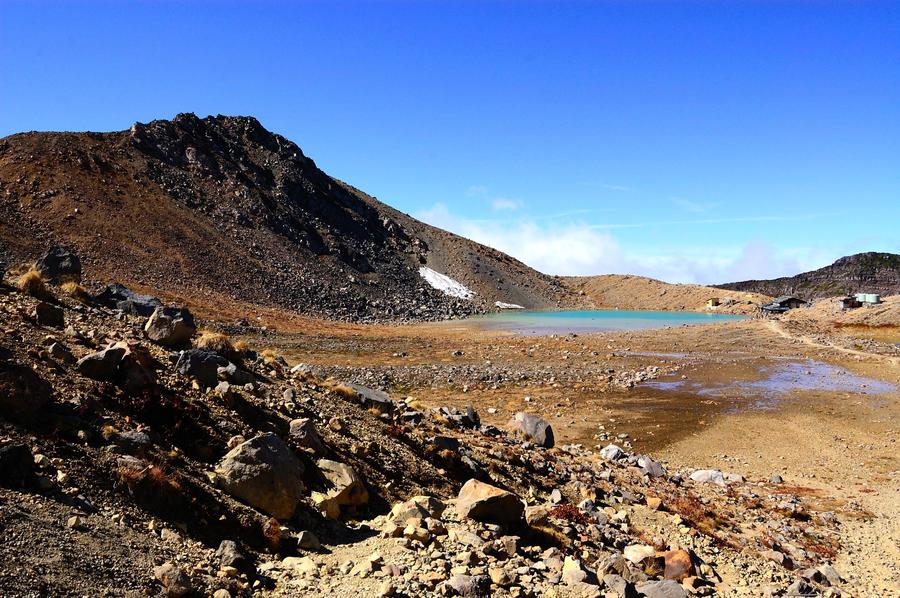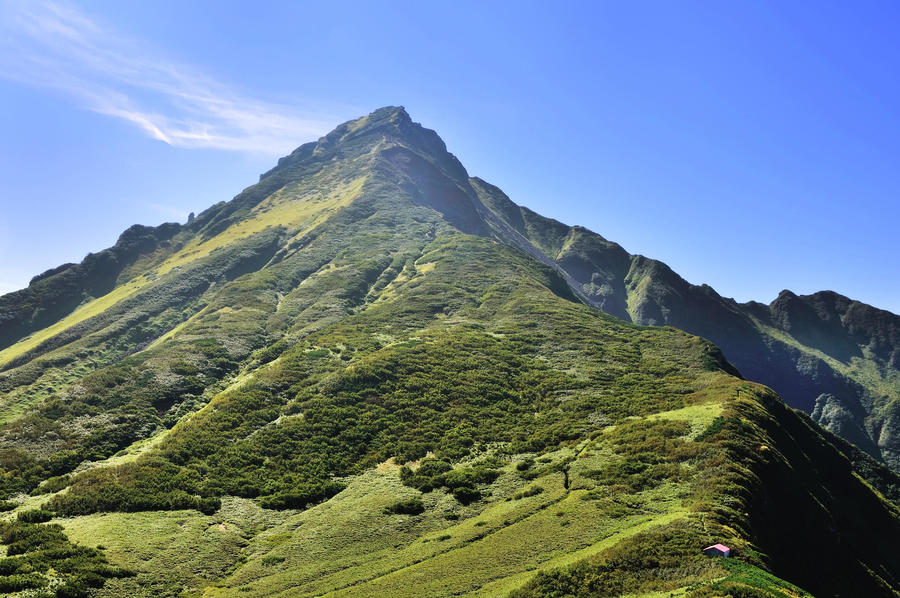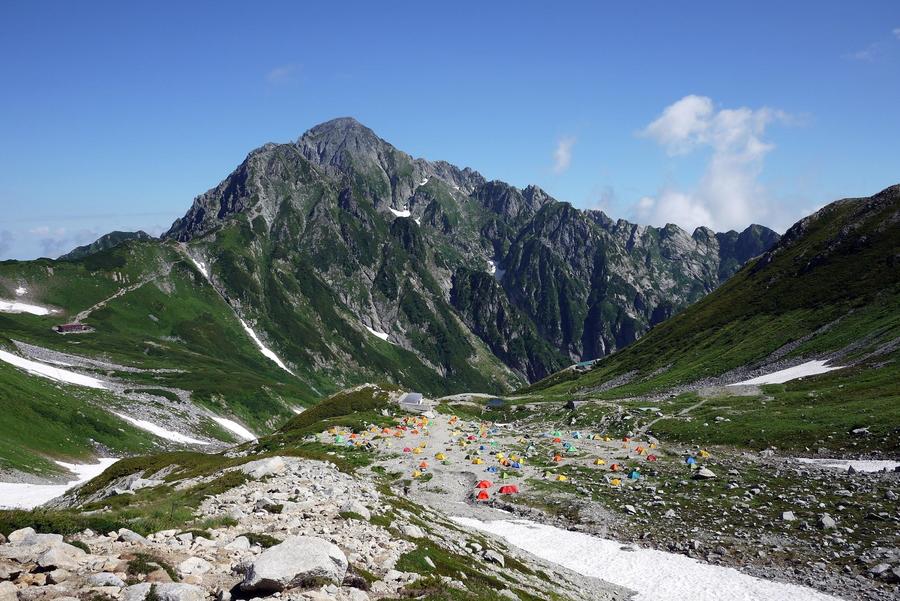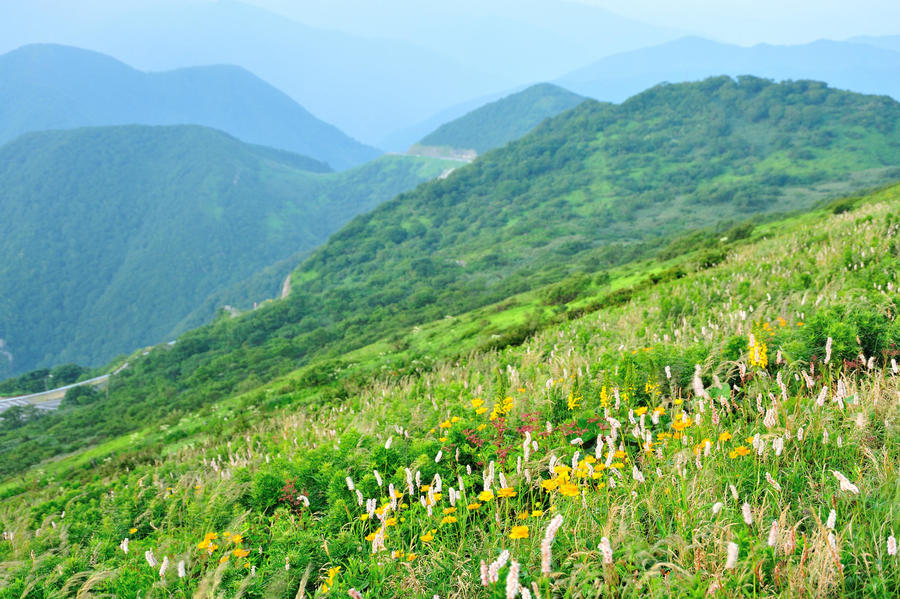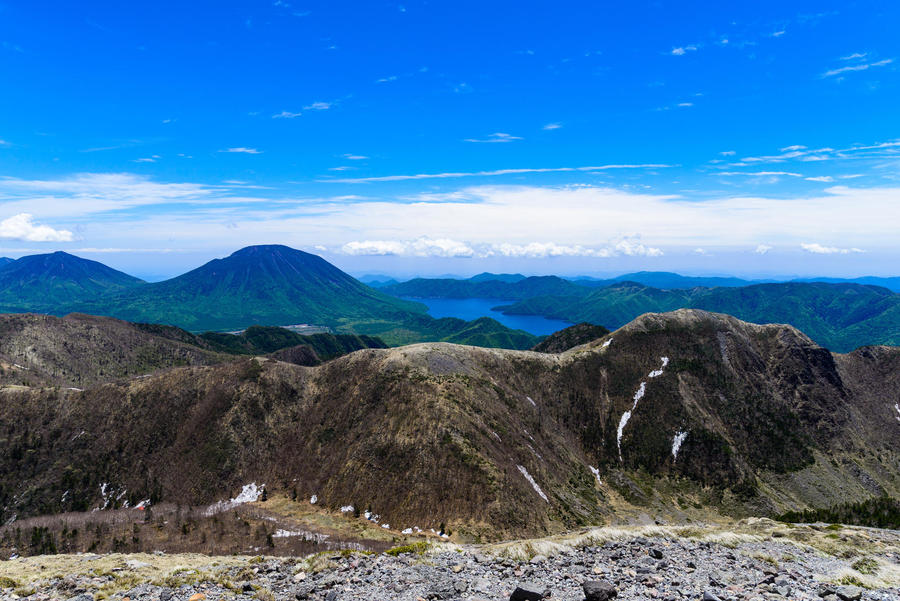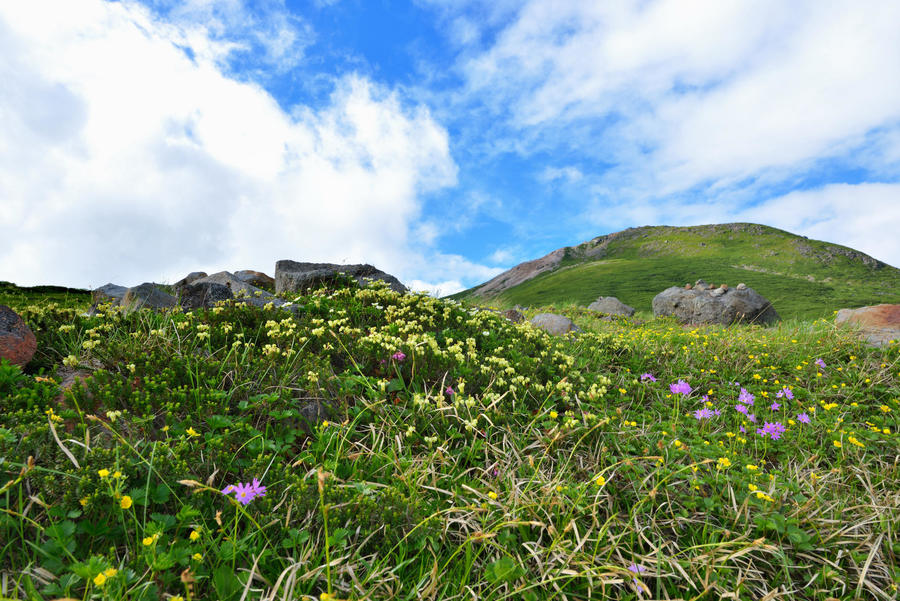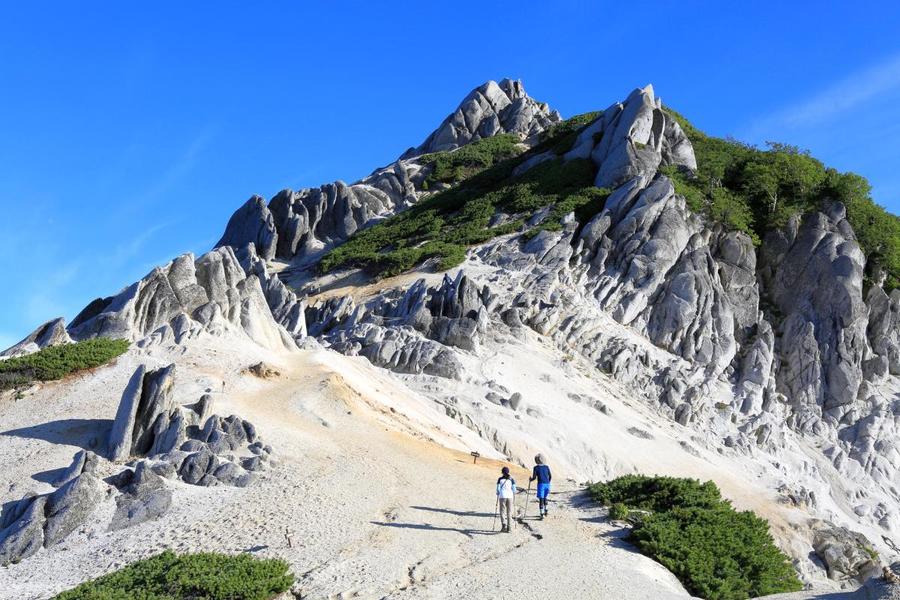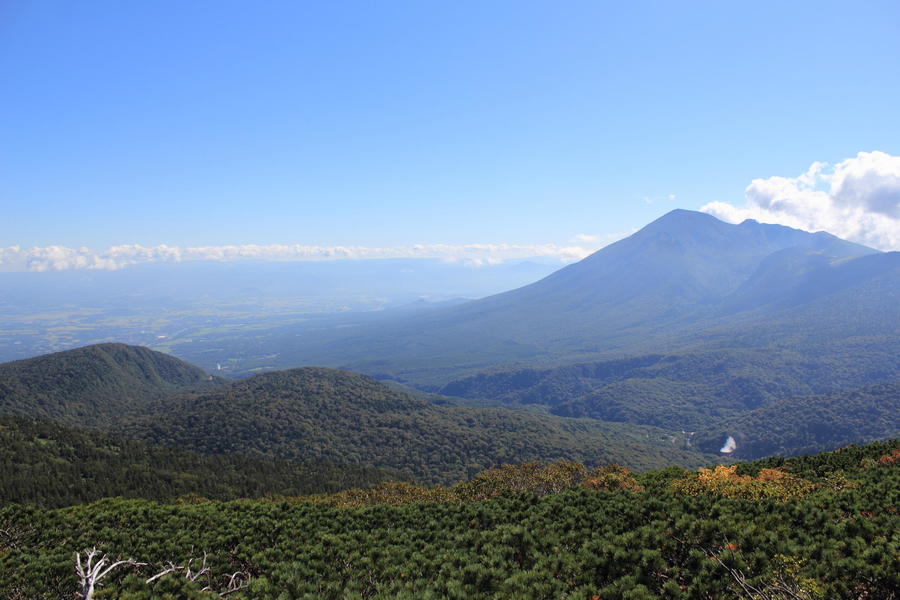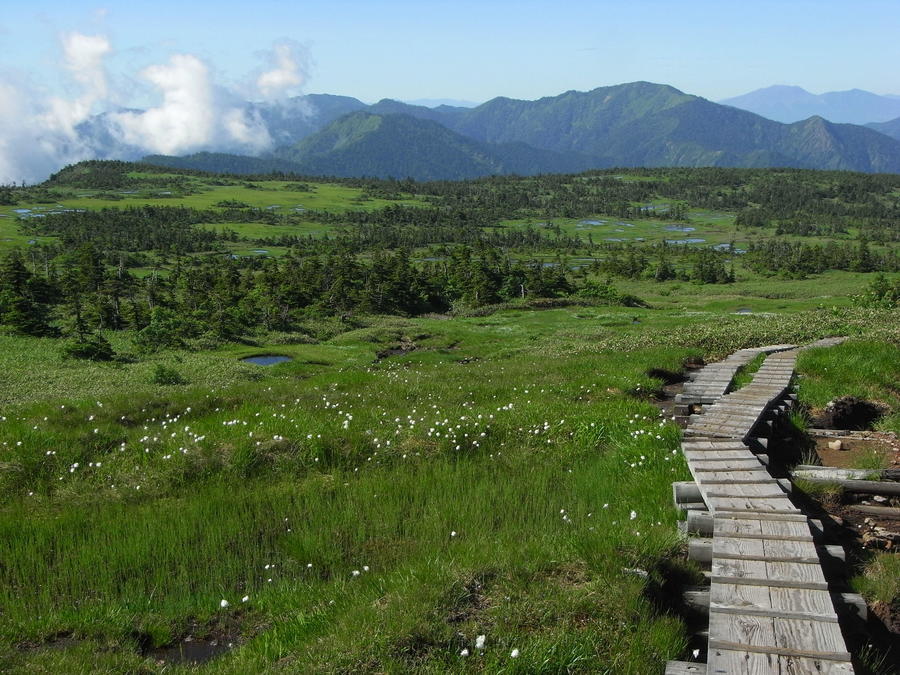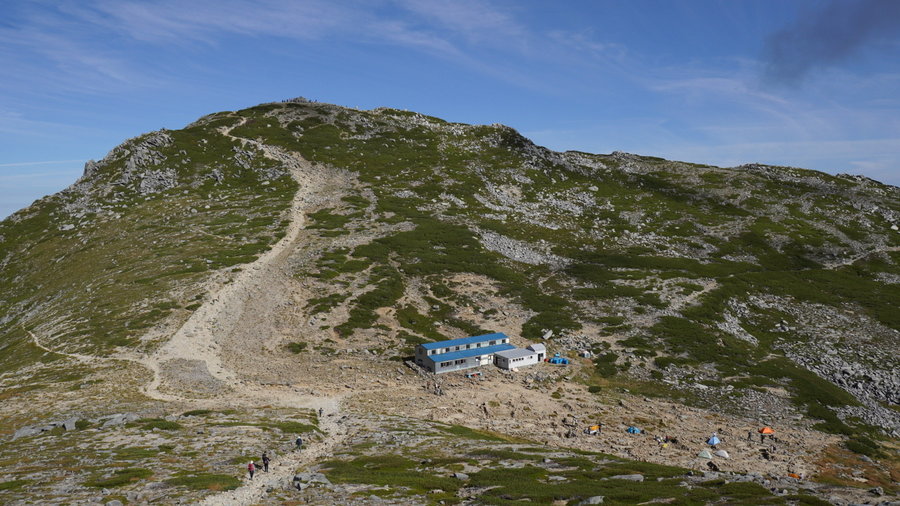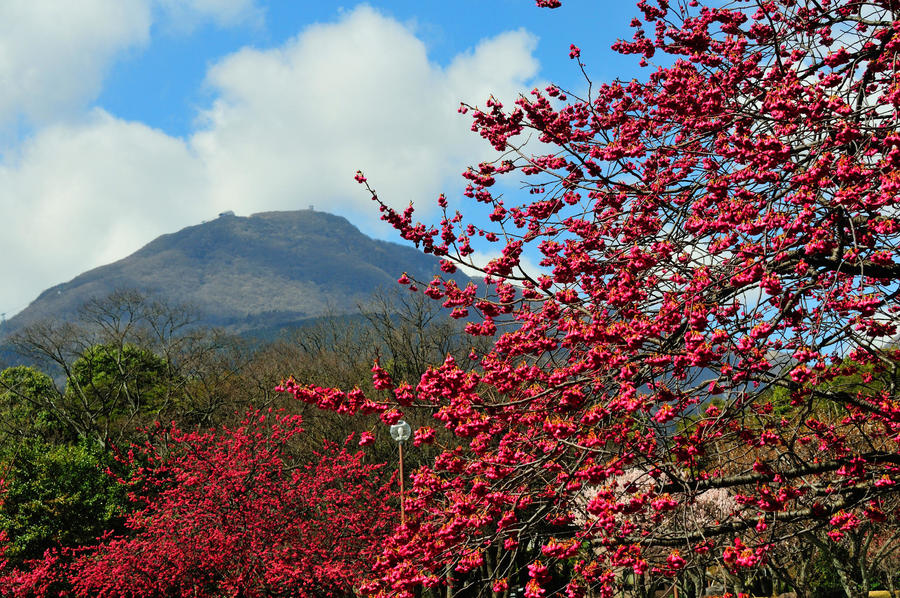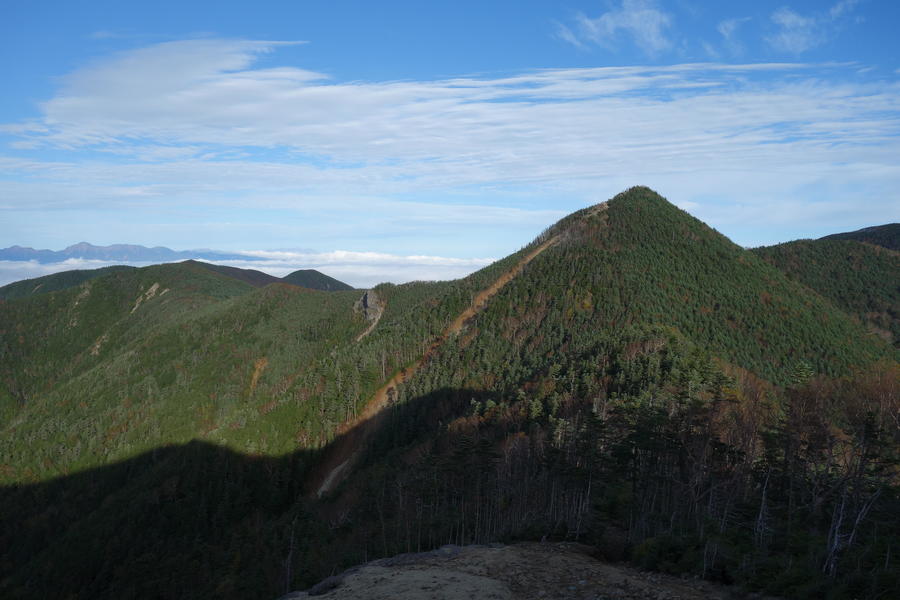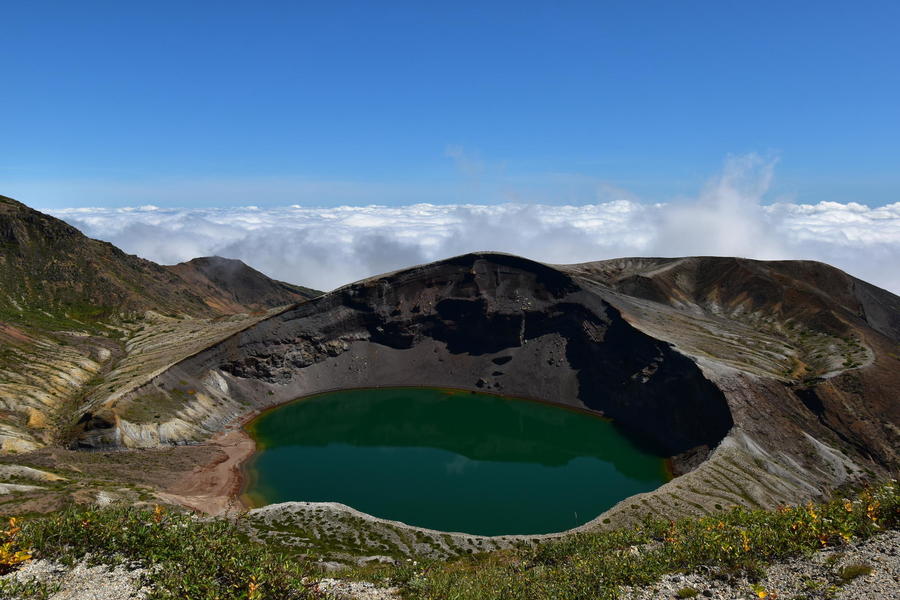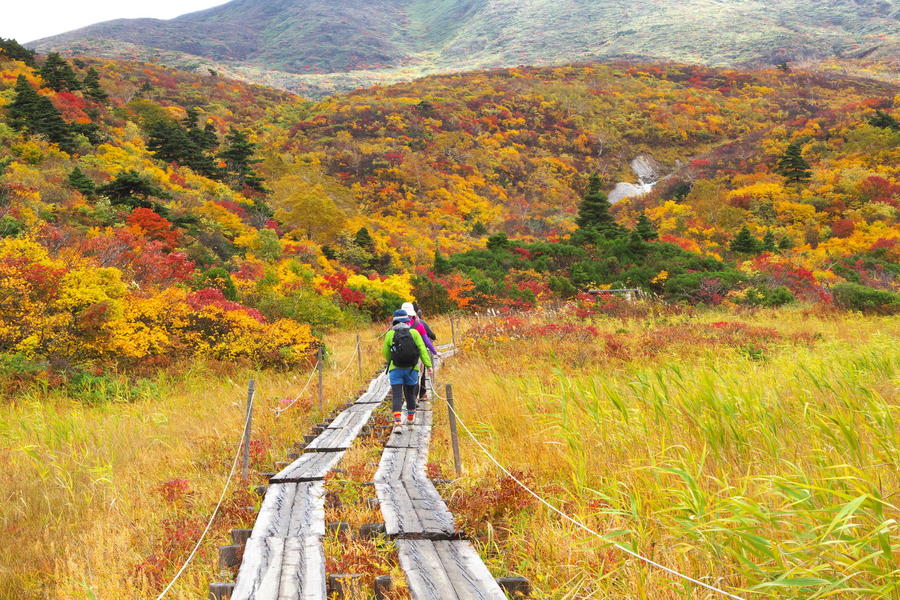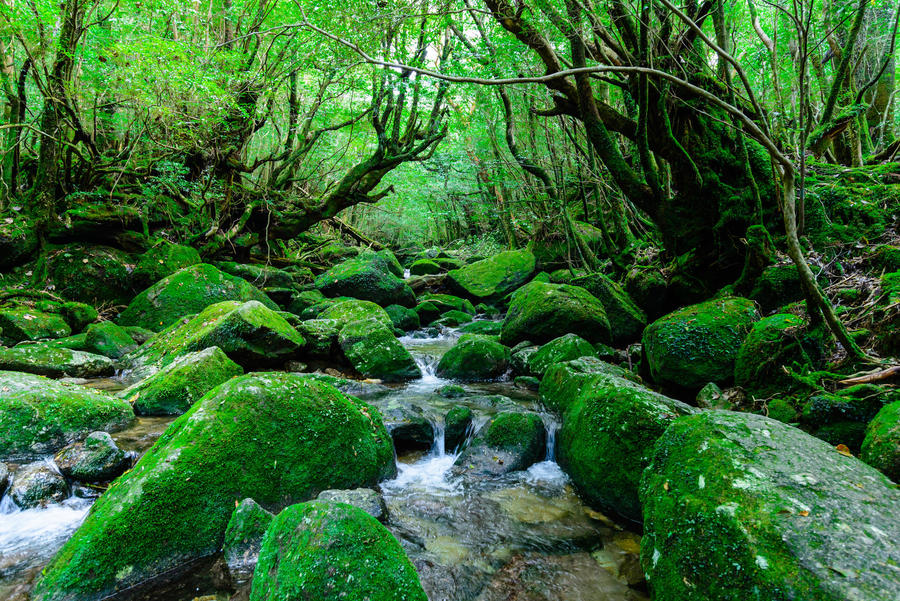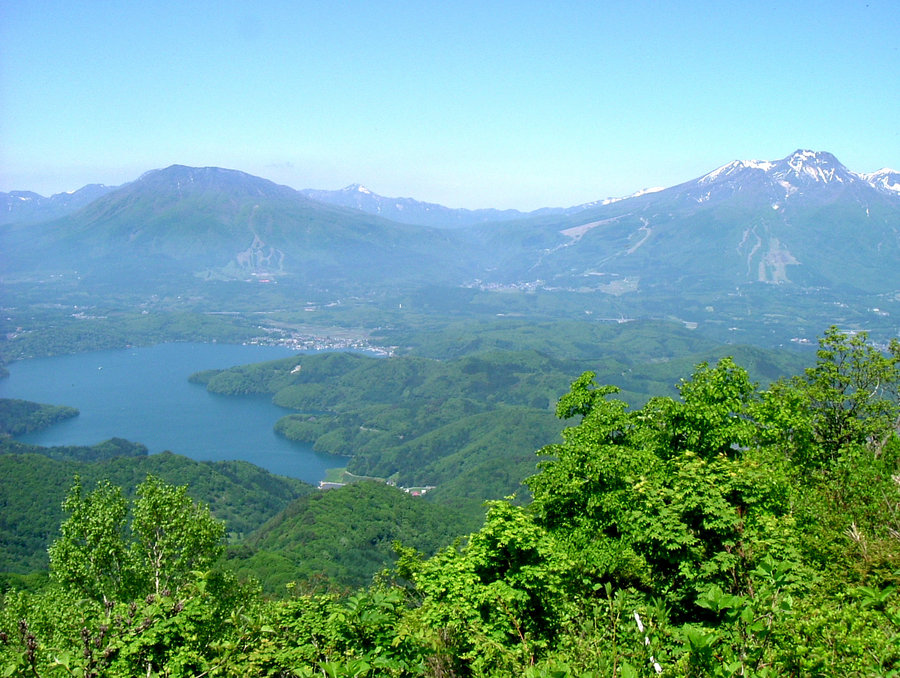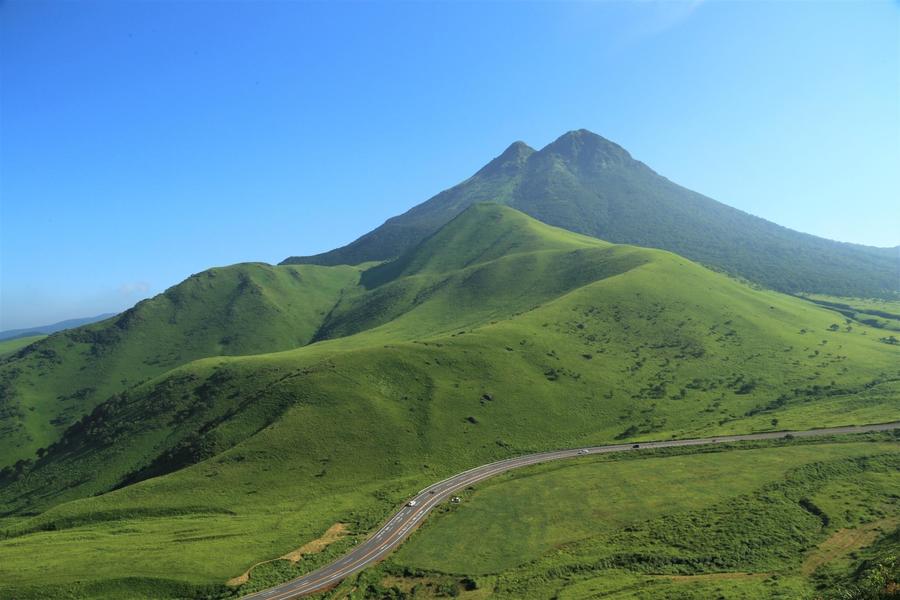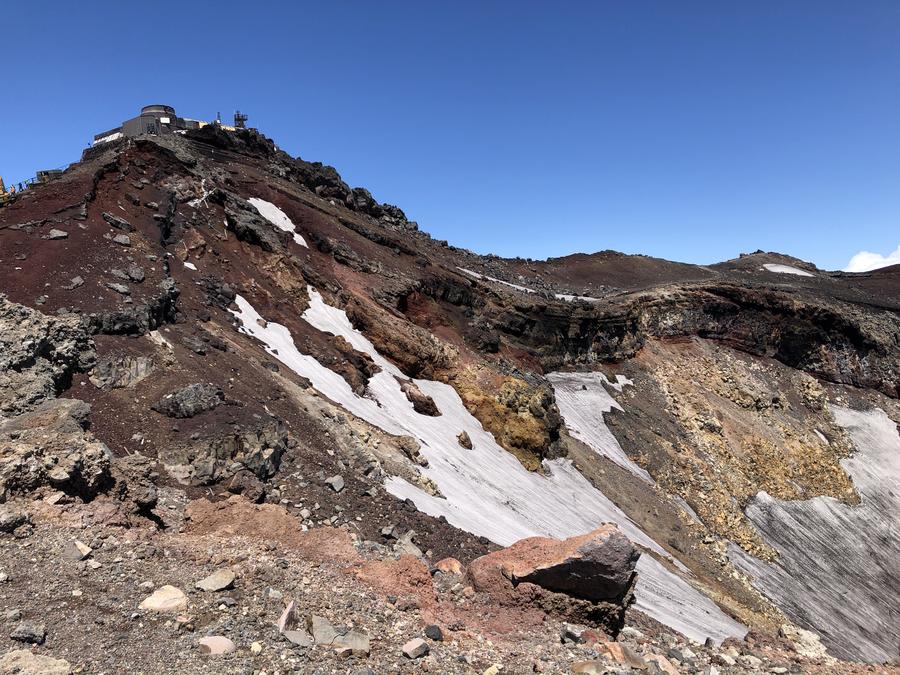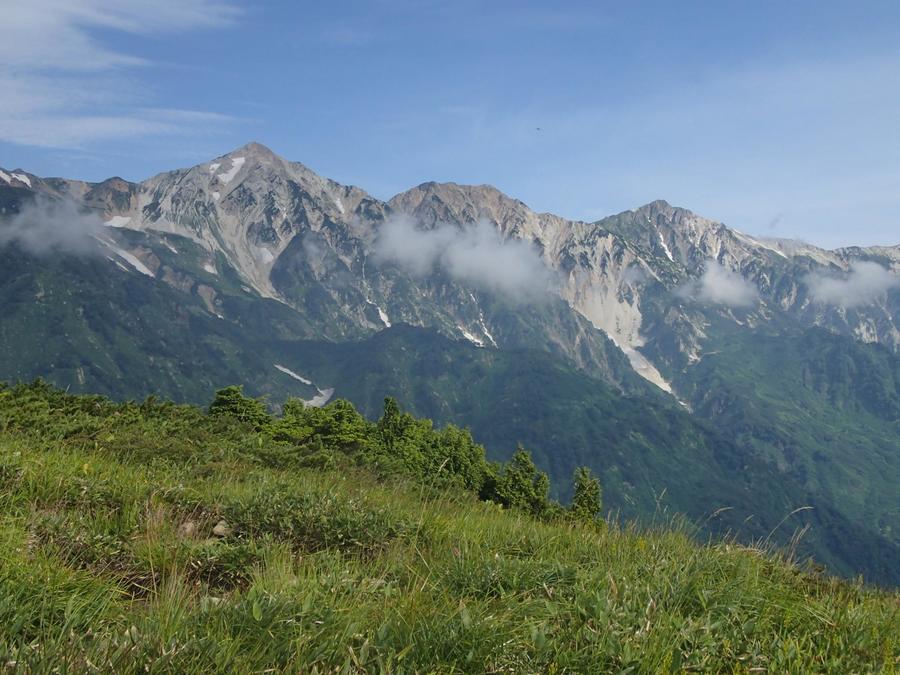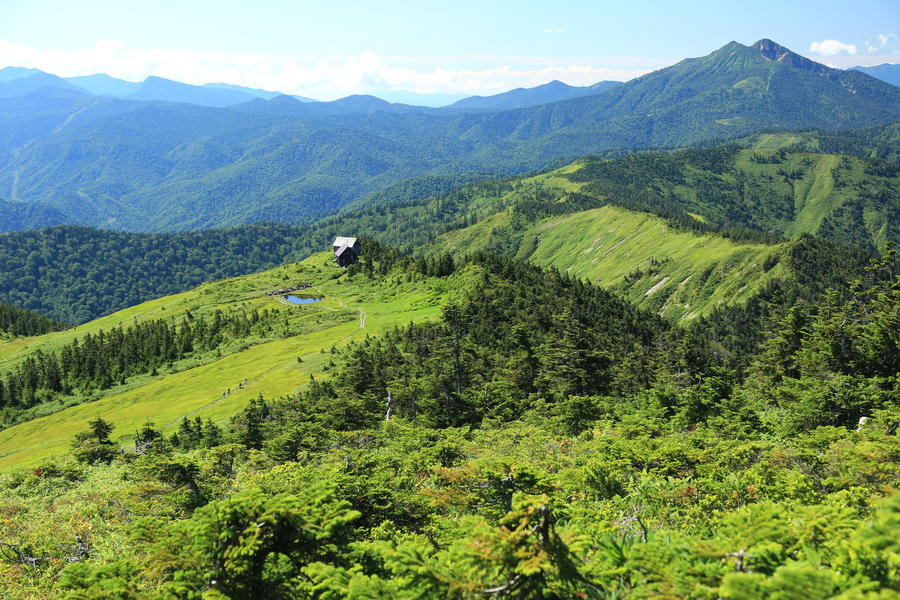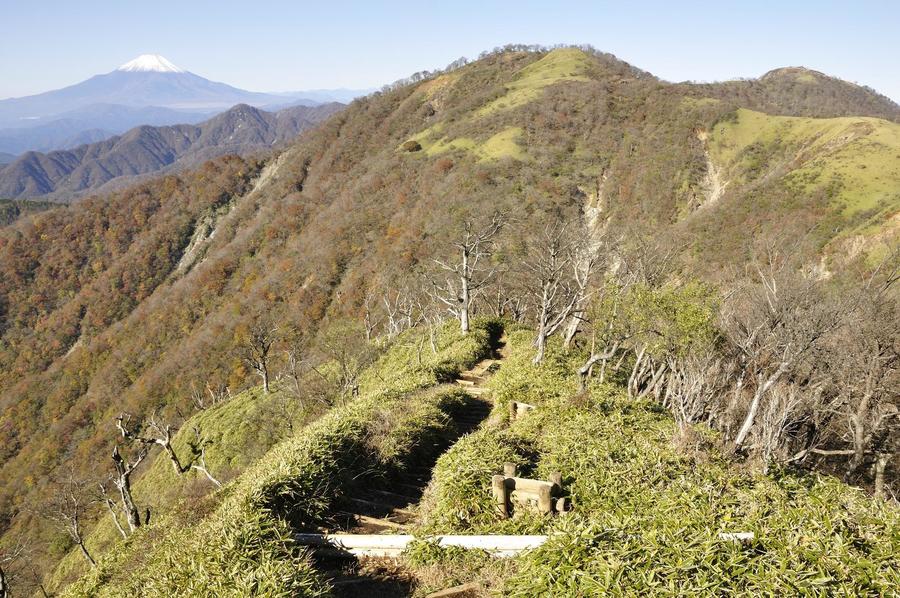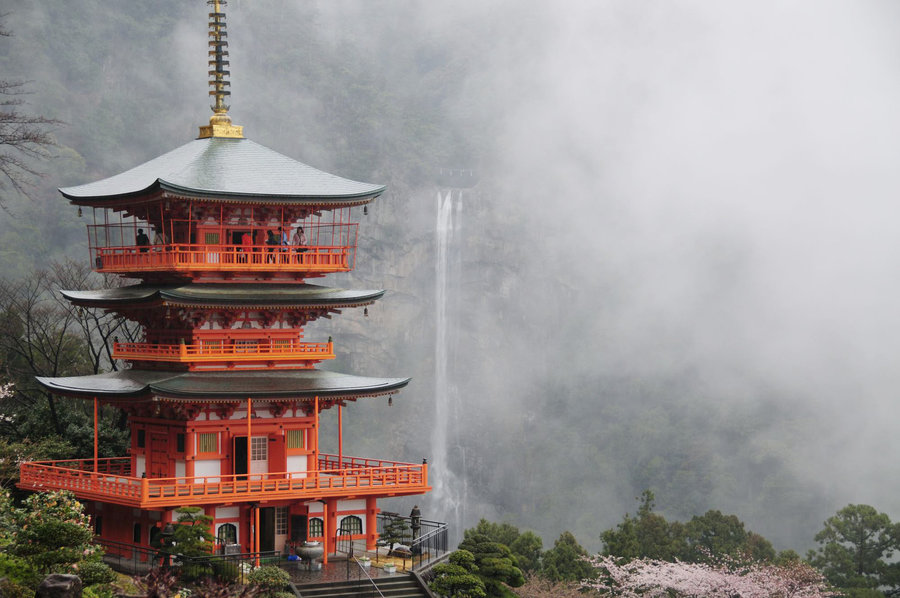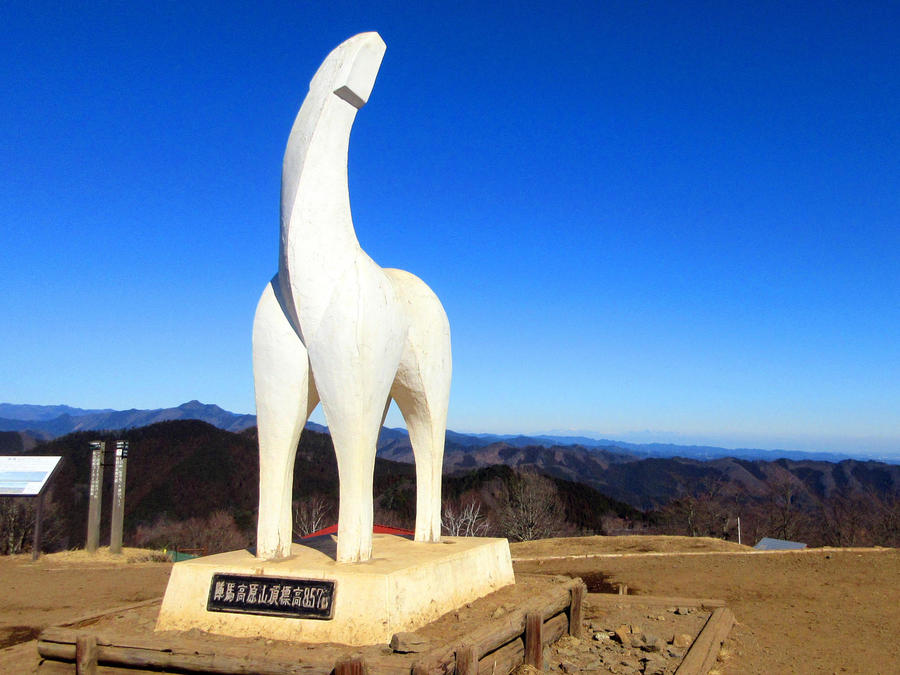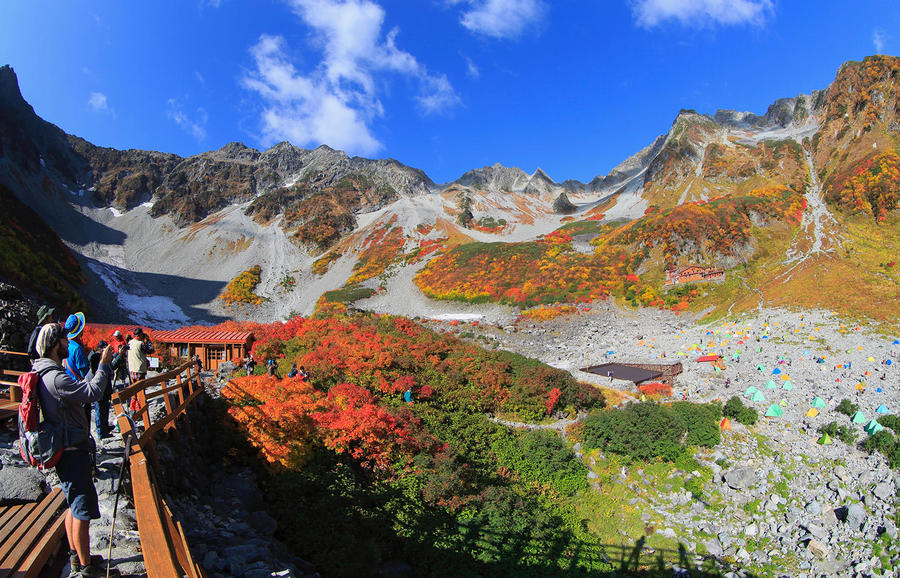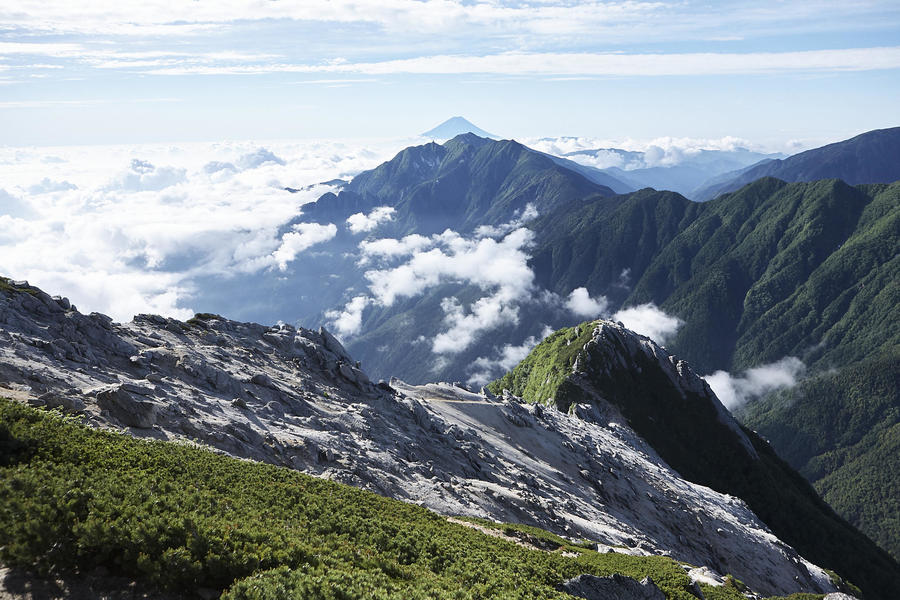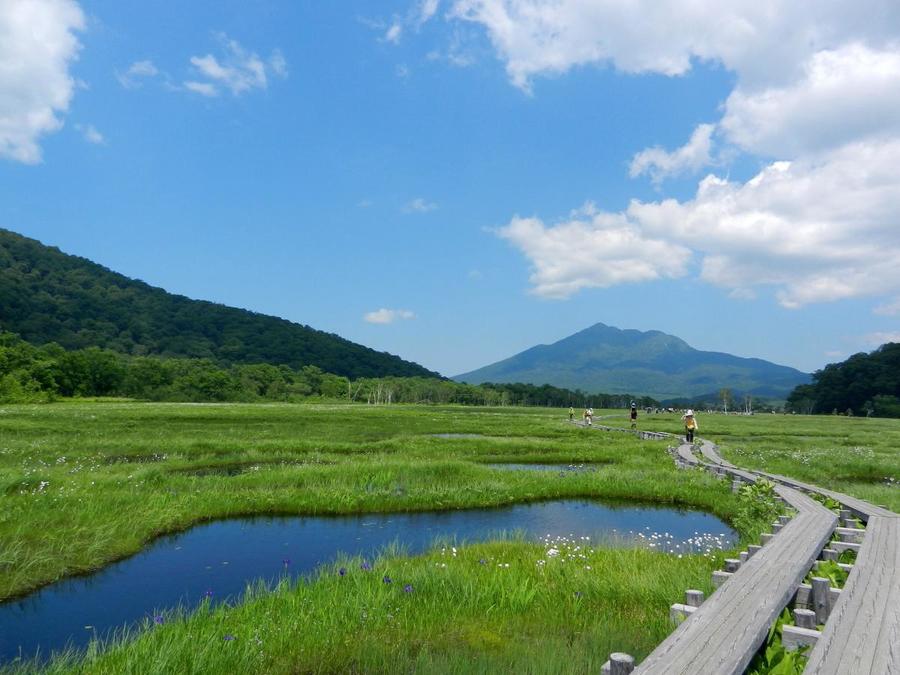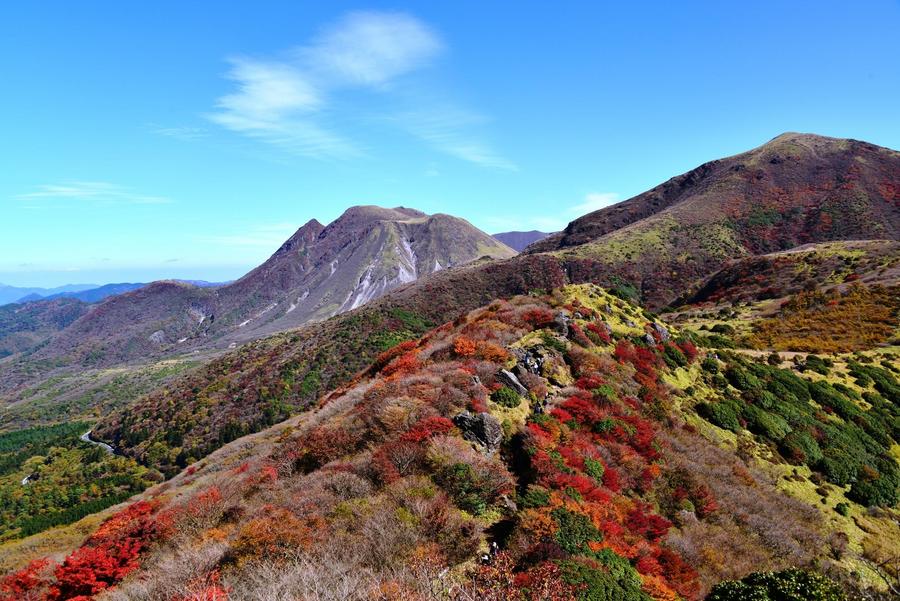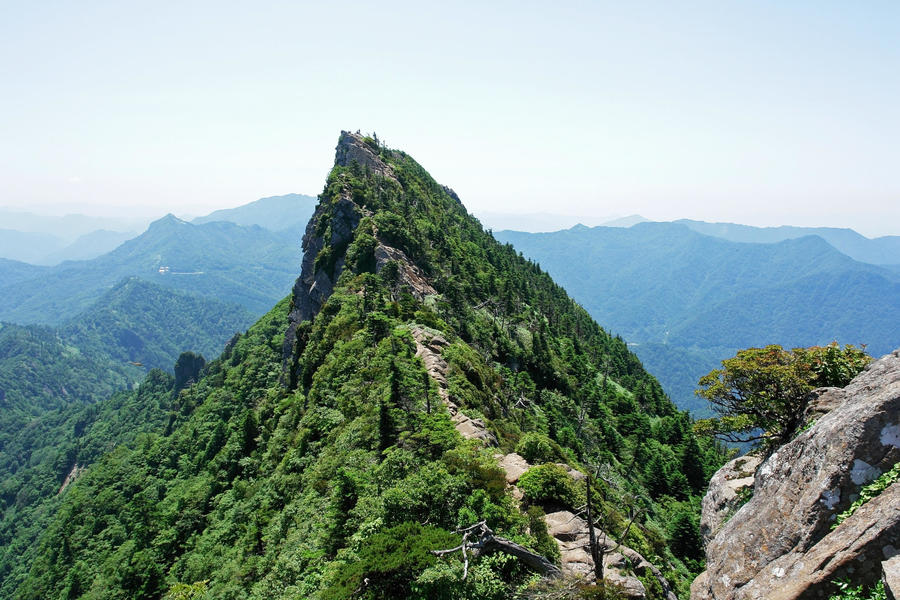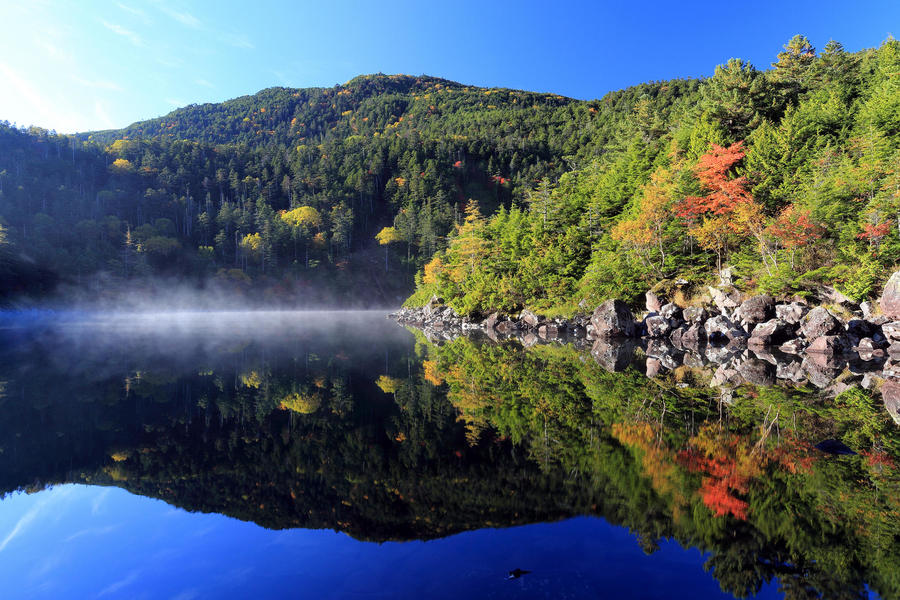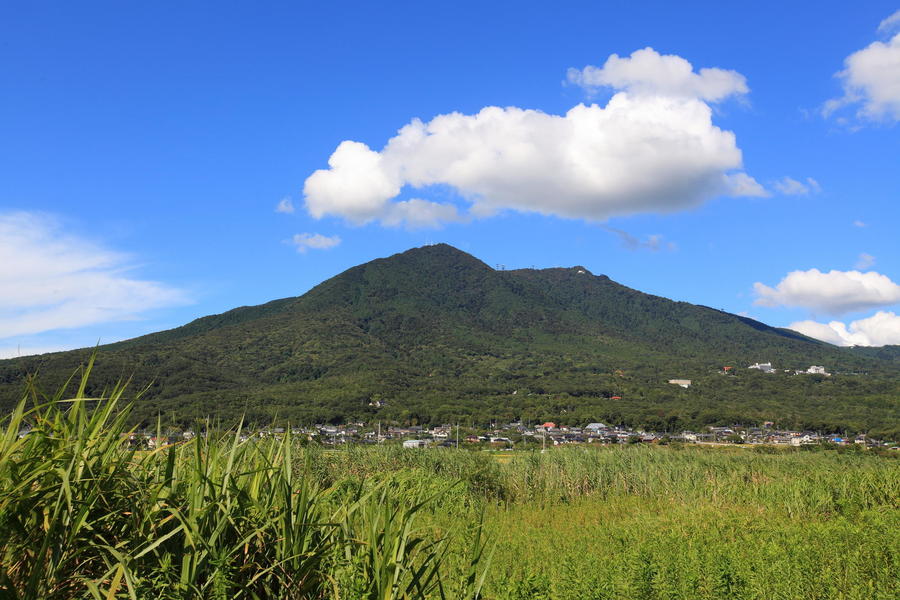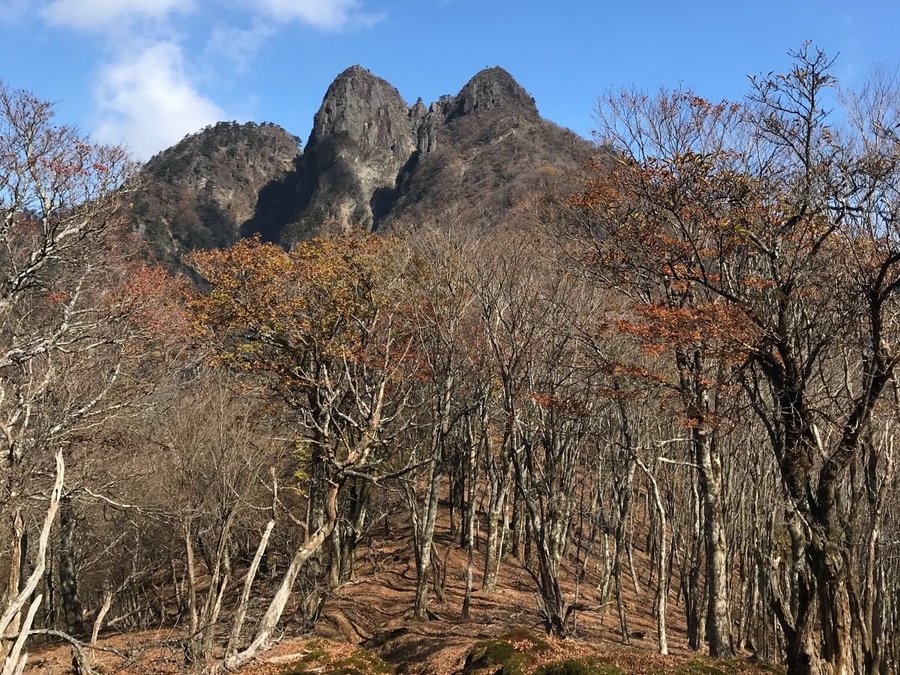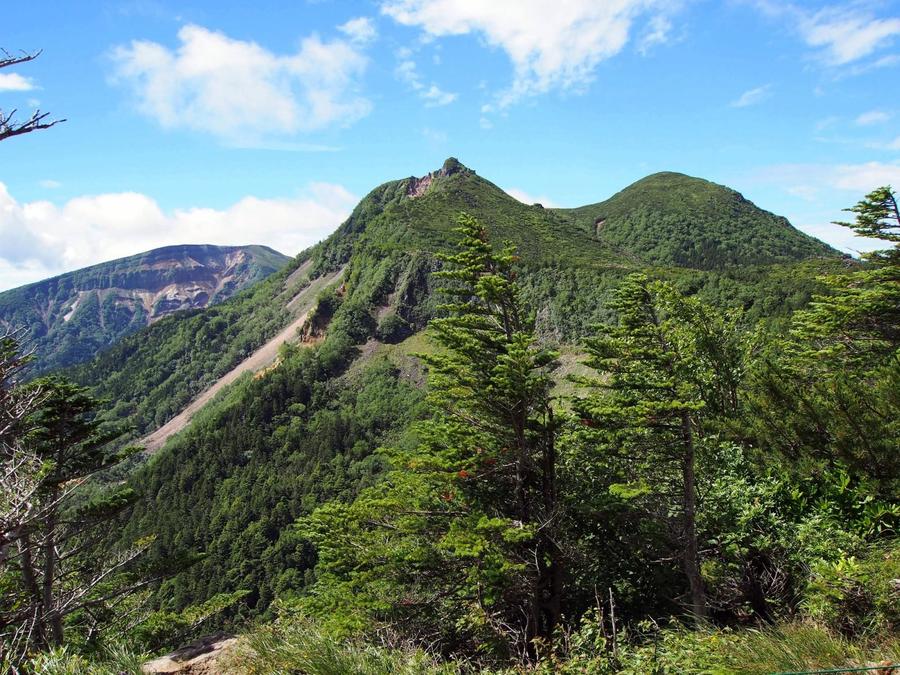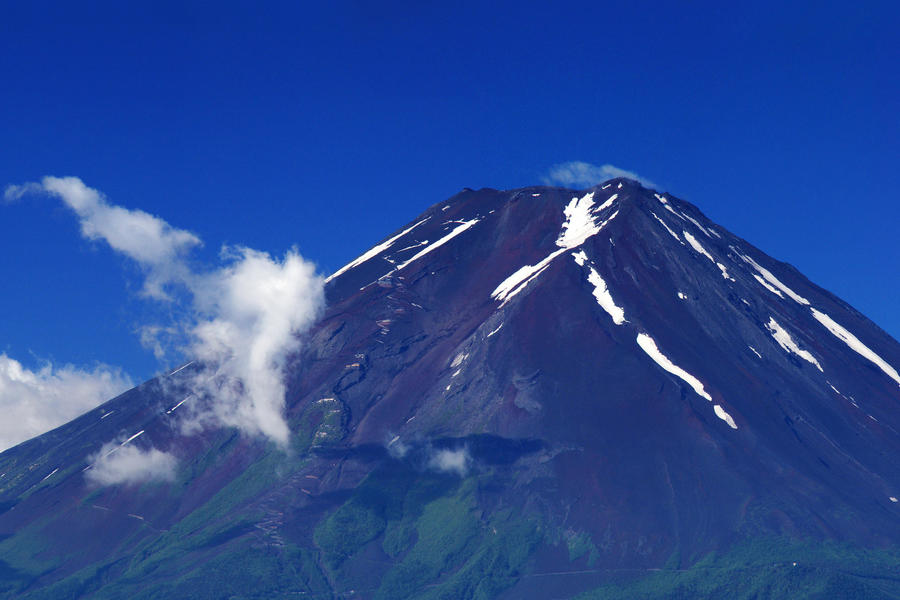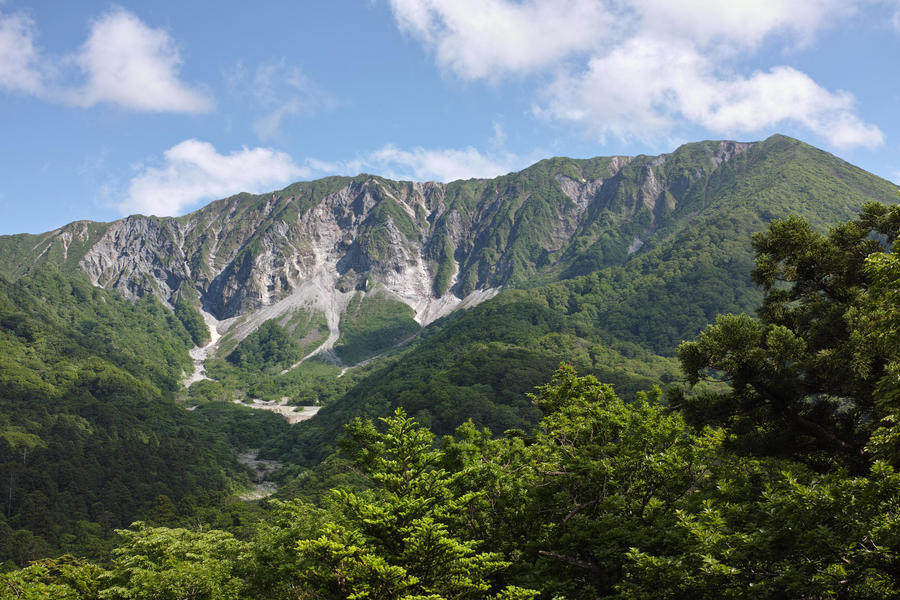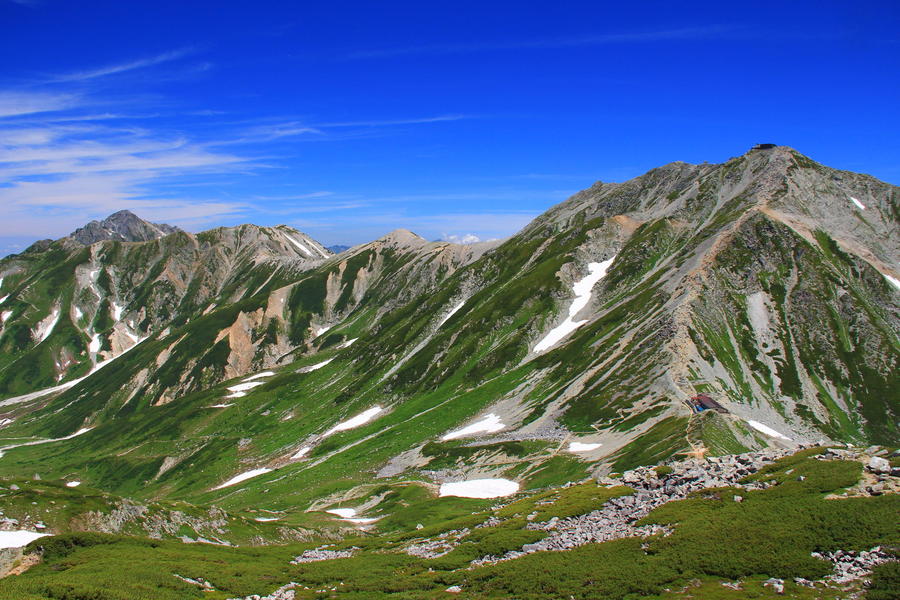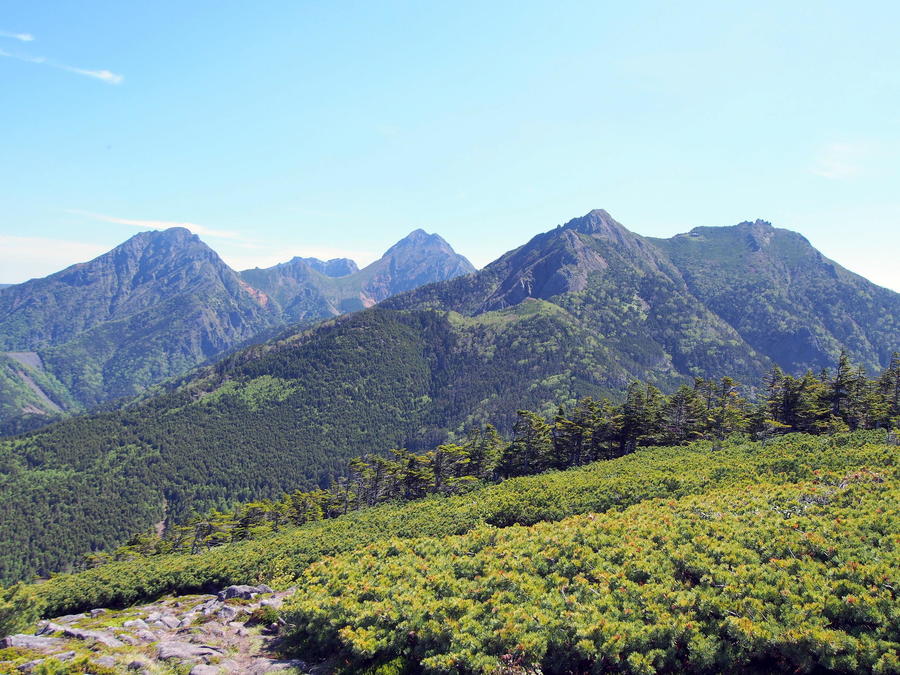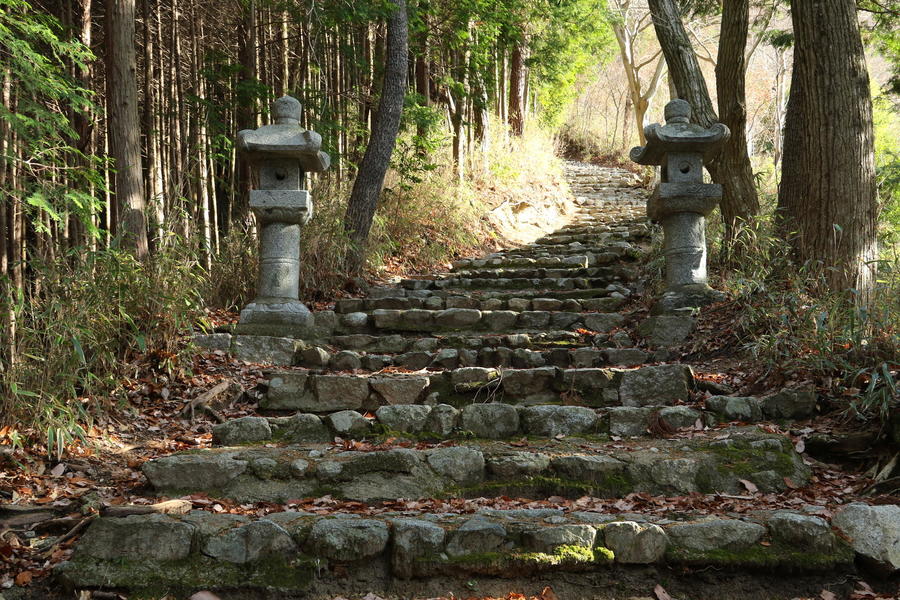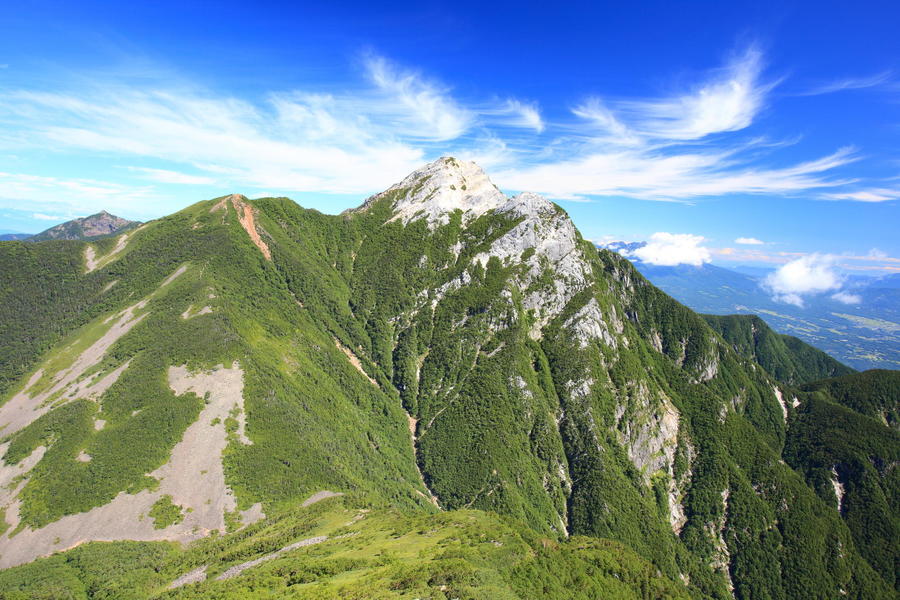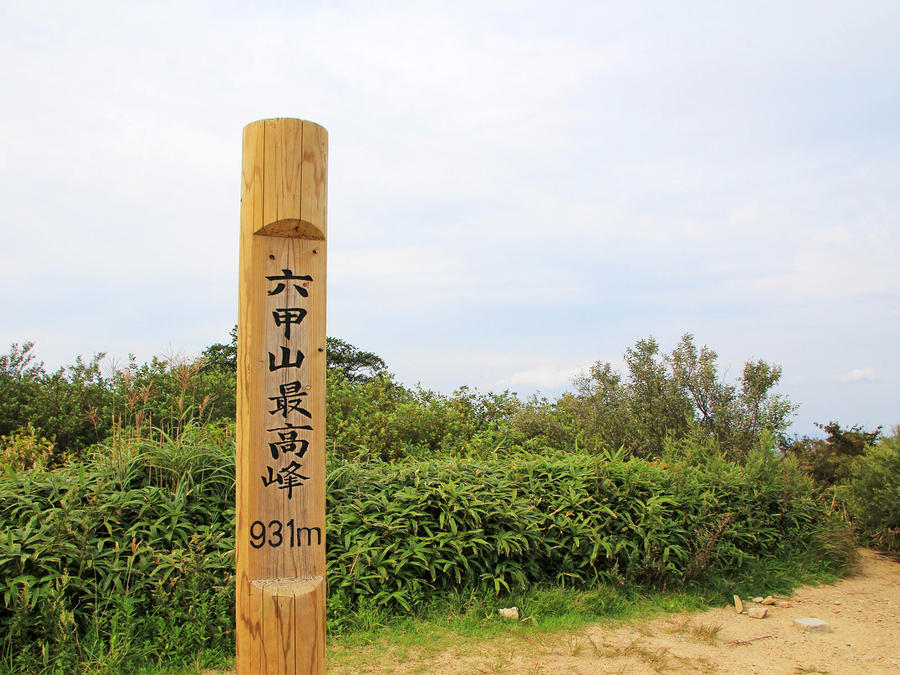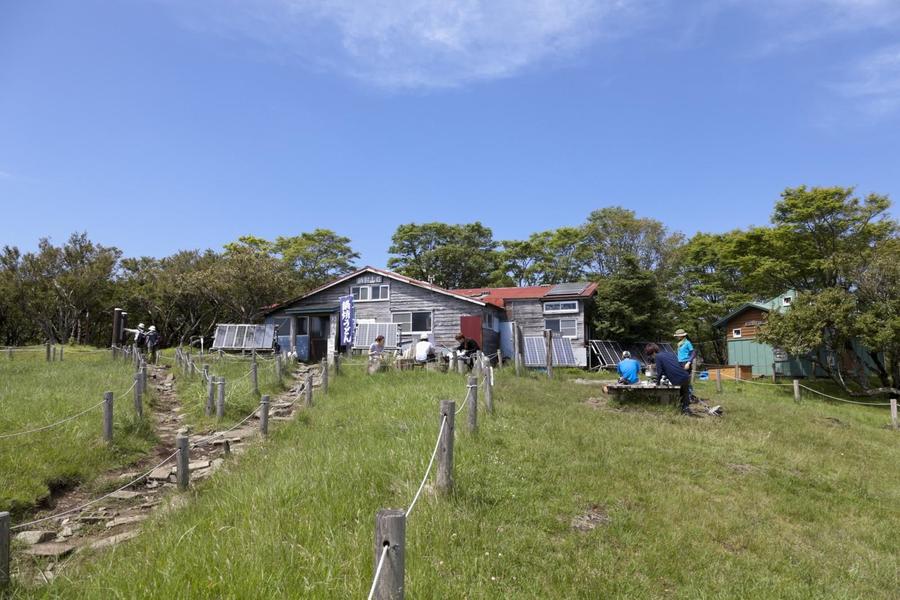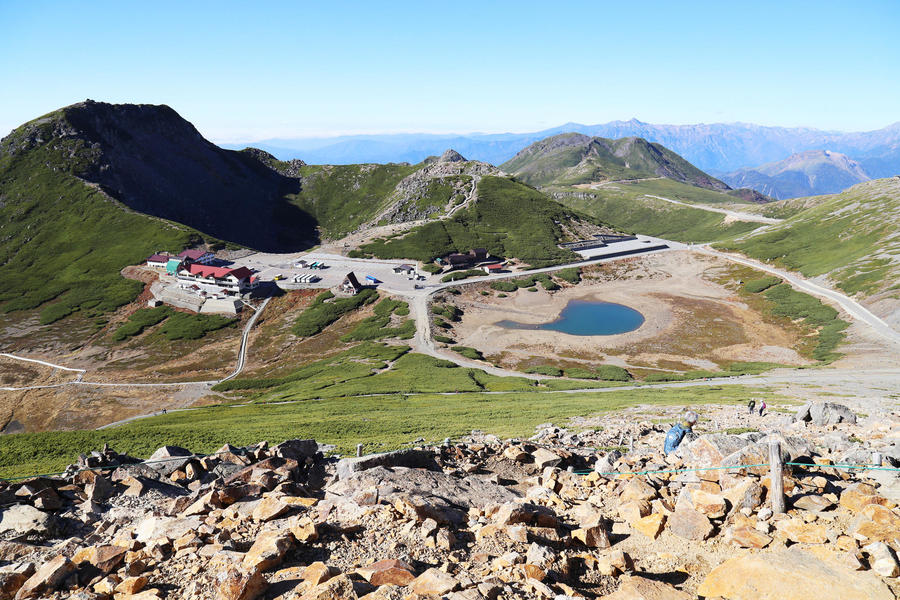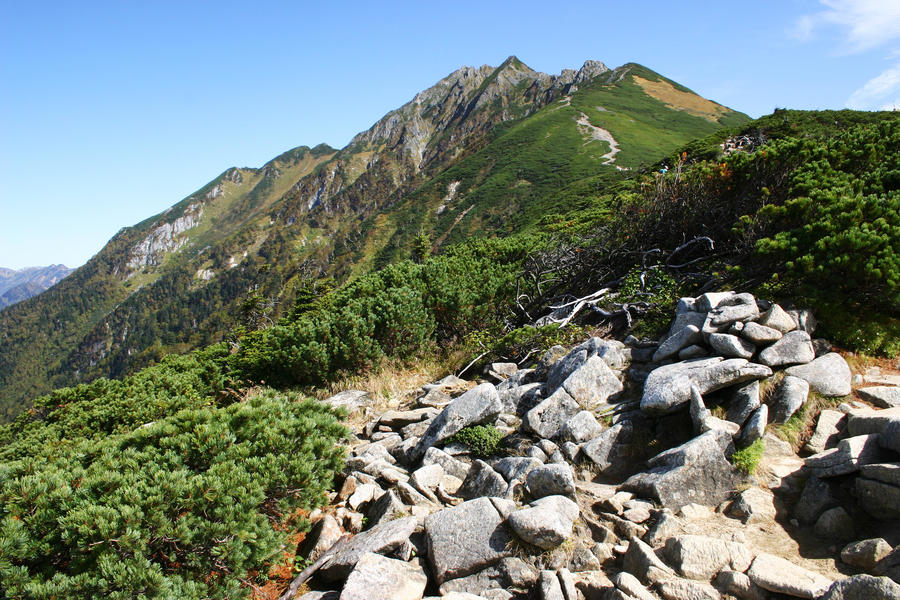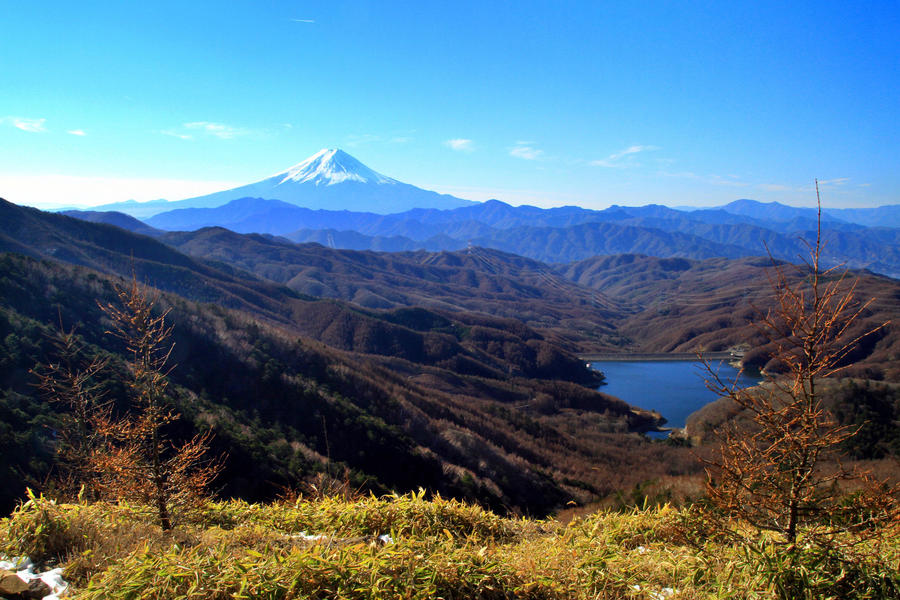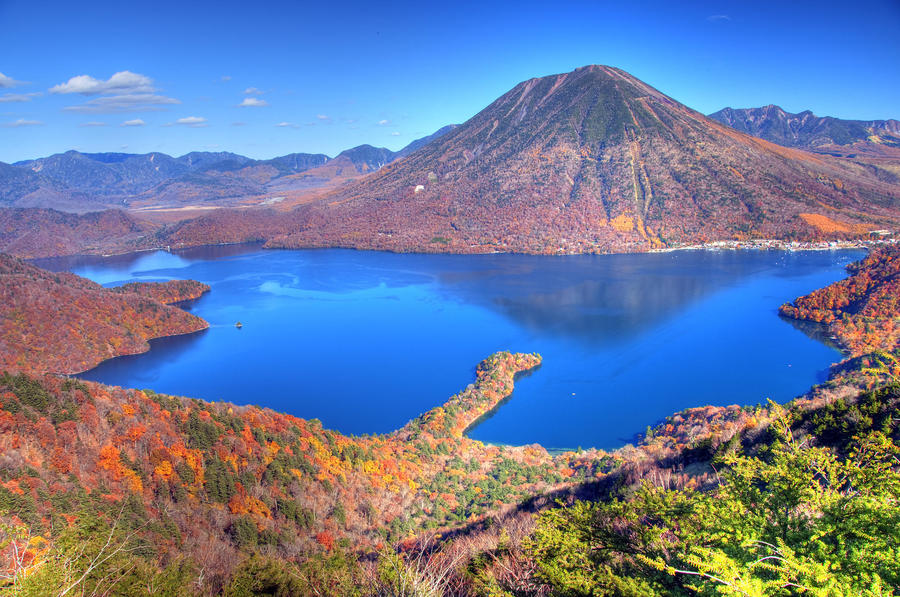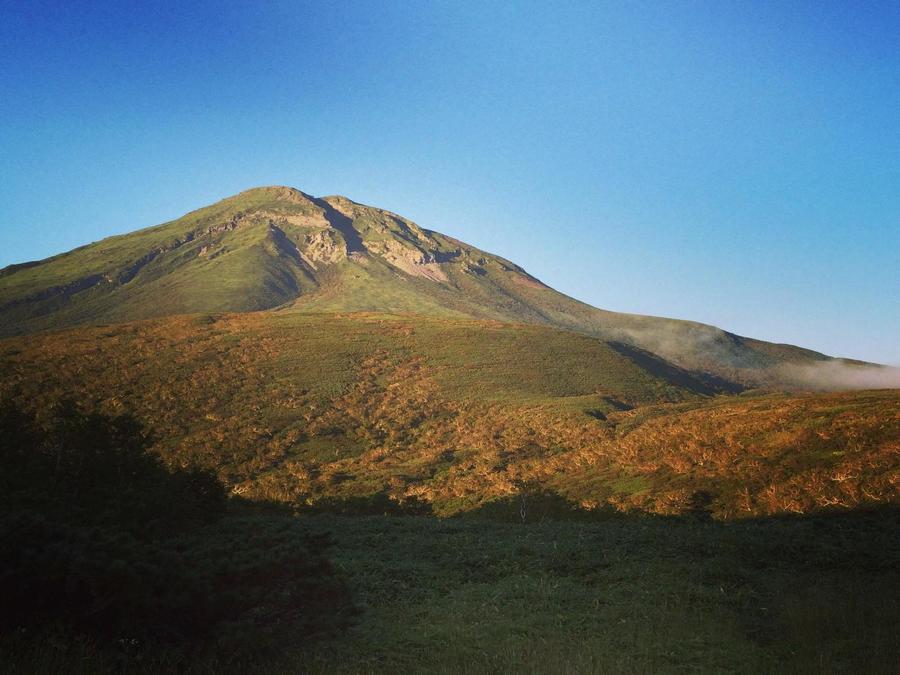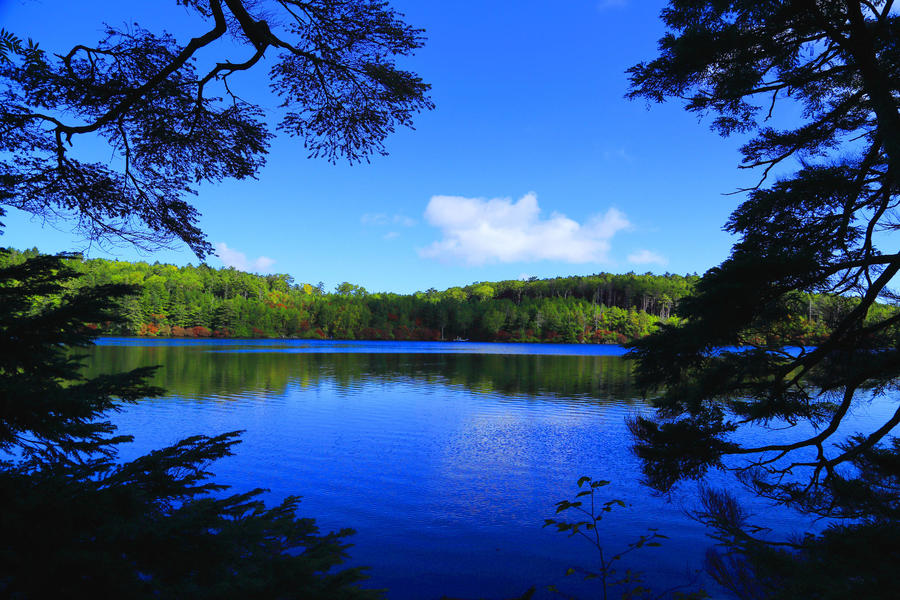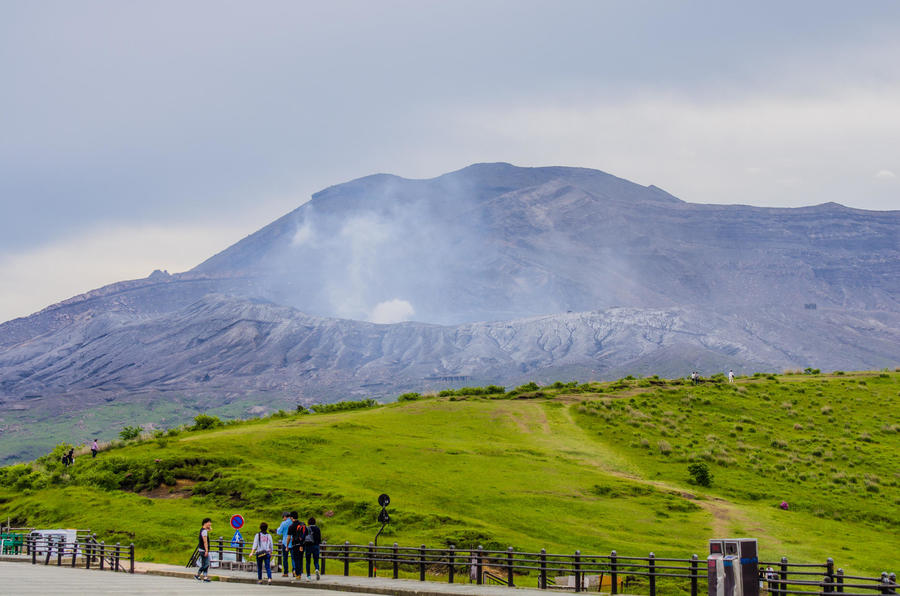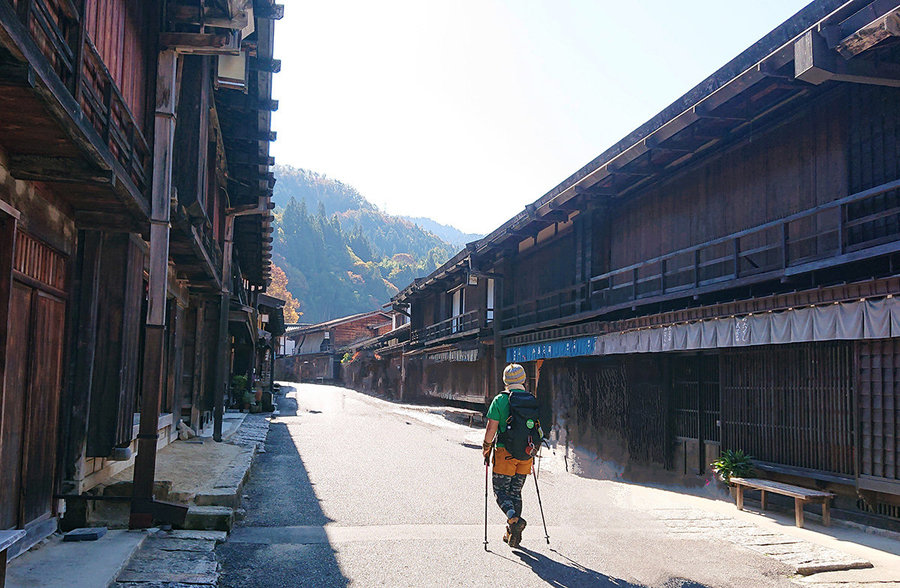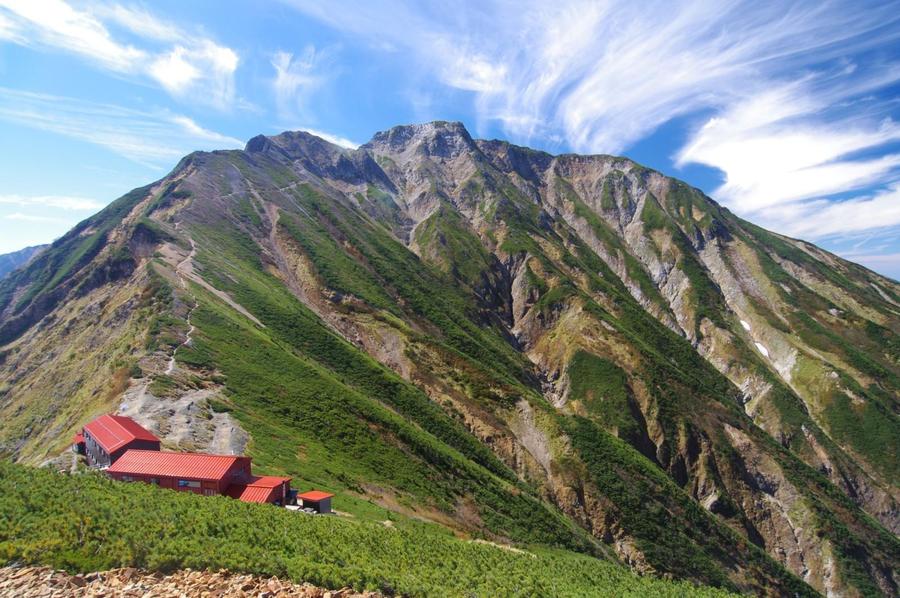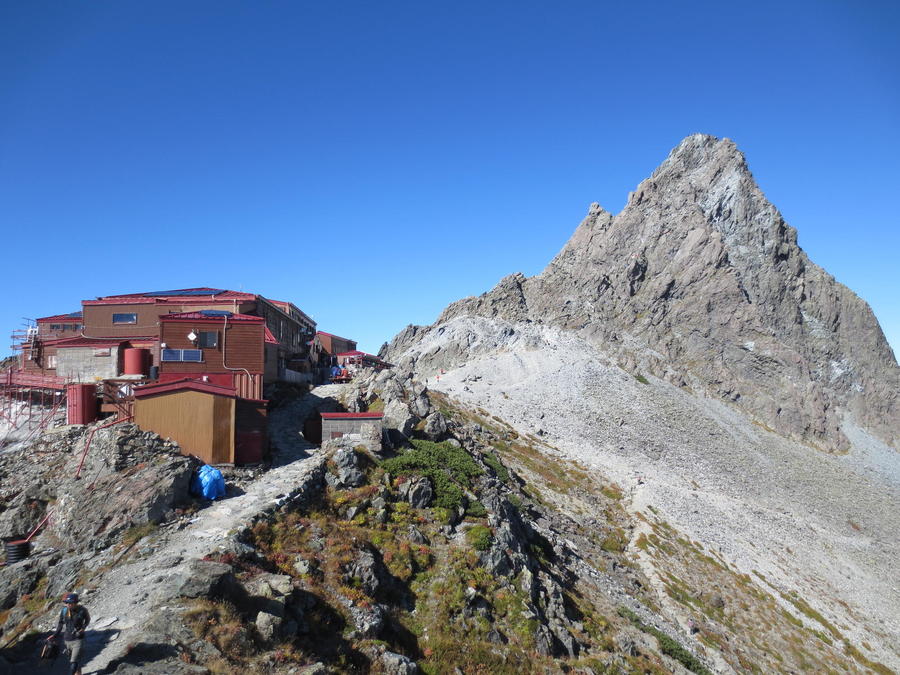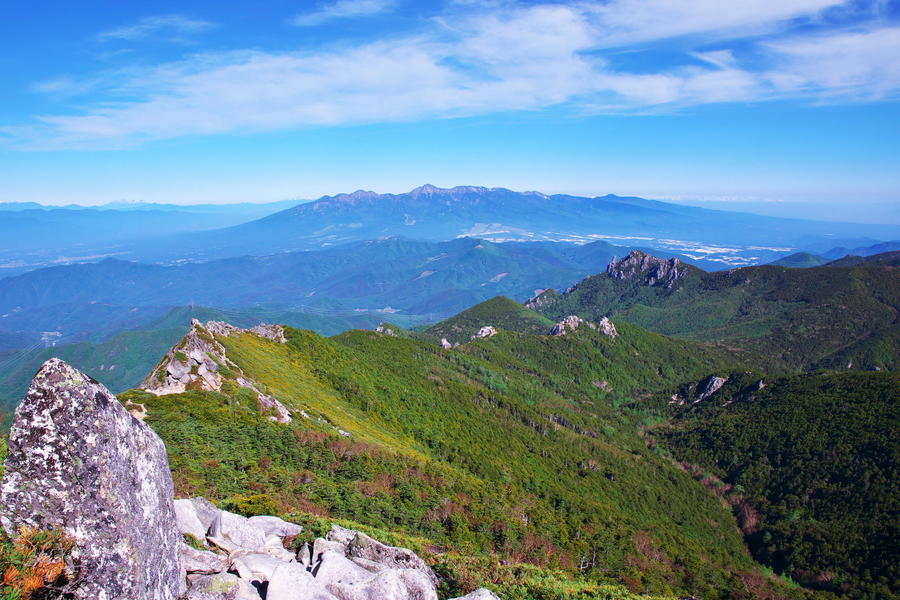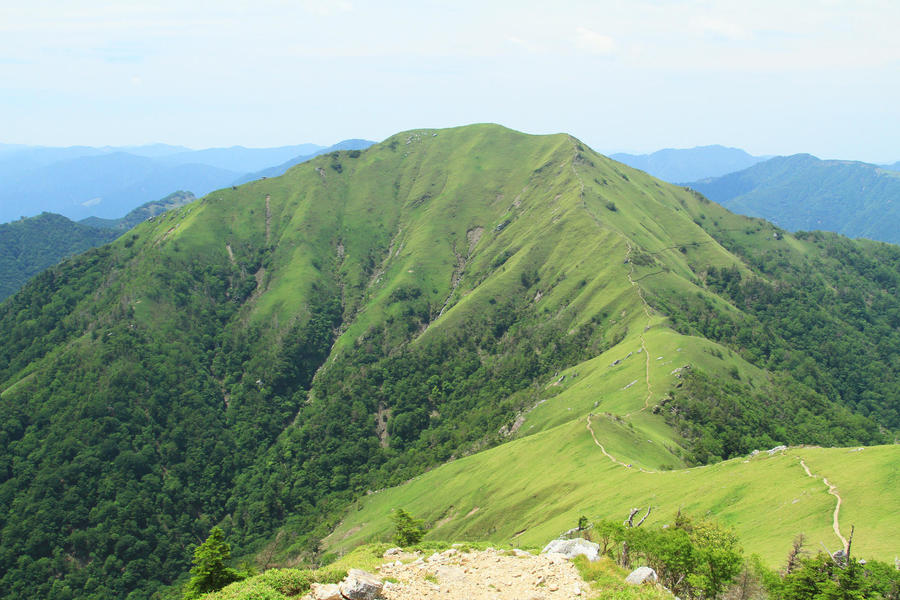Nakahechi Kumotori-goe Route is one of the Kumano Kodo Pilgrimage Routes. It stretches from Nachi Taisha Shrine to Kumano Hongu Taisha Shrine in Wakayama prefecture. It is listed among the UNESCO World Cultural Heritage Site as “Sacred Sites and Pilgrimage Routes in the Kii Mountain Range”. This route introduced here passes through Mt. Ogumotori (Ogumotori-yama) and Mt. Kogumotori (Kogumotori-yama), and is said as one of the hardest parts among the Nakahechi Route.
From Kumano Nachi Taisha to Kumano Hongu Taisha via the Kumano Kodo Pilgrimage Route (Nakahechi Kumotori-goe)
-
- Duration
- 2days / 12.5Hours
- Highest Point
- 871m
- Elevation Gain
- 783m
-
- Skill Level





- Fitness Level





- Gear Level





From the Daimon-zaka bus stop, enter Daimon-zaka, which is the old approach to Kumano Nachi Taisha Shrine, go across the Furigase Bridge, and walk up the cobblestone slope surrounded by old cedar trees. After hiking up the stone steps lined with souvenir shops, you will arrive at Kumano Nachi Taisha Shrine. From the adjacent Seiganto-ji Temple, you can see Nachi Falls, one of Japan's top three waterfalls.
Enter the ancient path of Ogumotori-goe from the side of the bell tower of Seiganto-ji Temple. Cross the Nachi-kogen to the Funami-jaya Teahouse Remains. From the observation deck, you can see a vast panoramic view of Nachi Bay and the Kumano Sea.
Next, go down Haccho-zaka slope and go through gentle ups and downs to reach the Jizo-jaya Teahouse Remains. From Ishikura-toge Pass, descend into the valley and hike back up to Echizen-toge Pass. Then, the road leads through a beautiful cedar forest, and then descend a moss-covered cobblestone slope called Dogiri-zaka.
After passing Kusunokubo and Nakane's inn Remains and a large rock called Waroda-ishi, the slope becomes gentler and you reach the village of Koguchi. It’s better to stay here for one night. After a walk east on the road for 1km from Koguchi, cross the Kowase Bridge and start Kogumotori-goe. Hike up the stone steps, pass the Ogiri-jizo statue, and ascend the cobblestone path of Dono-zaka, which is considered the most difficult part of Kogumotori-goe.
The slope eases and enter the mountainside road to reach the Sakura-jaya Teahouse Remains. The Akagi river and the Ogumotori-goe mountain ridges can be seen at the foot of it. After a short hike from the Sakura-jaya Teahouse Remains to Sakura-toge Pass, the gentle road continues until you reach the Ishido-jaya Teahouse Remains, surrounded by cedar and cypress forests.
After a series of gentle ups and downs, Mt. Nyoho (Nyoho-zan) can be seen between the trees. After cross the forest road and follow the mountainside, you will arrive at Hyakken-gura, which is the best observation spot in Kogumotori-goe.
Go straight at the Banze-michi road junction where the Iseji road branches off, and continue along the gentle road. Gradually the altitude getting lower and go down to the Shimoji-bashi bus stop.
There is Ukegawa bus stop about 100m further north. After walking along the road for about an hour, you will see the forest of Oyunohara, the former site of Kumano Hongu Taisha, on the sandbank of Kumano River on your right. Proceeding further, you will arrive at Kumano Hongu Taisha Shrine, which has a majestic and sacred atmosphere.
Gallery
Other Info
Season : All year around
Notes
Since this route is long and located deep in the mountains, it is better to stay overnight at the village of Koguchi on the way.
Route Map
Elevation Map
Spec
- Duration
- 2days / 12.5Hours
- Highest Point
- 871m
- Elevation Gain
- 783m
- Horizontal Distance
- 30.6Km
- Skill Level





- Fitness Level





- Gear Level





On the Trail
- Sleeping
Koguchi Shizen-no-ie
- Eating
- -----
- Hot-Springs
Kawayu Onsen

